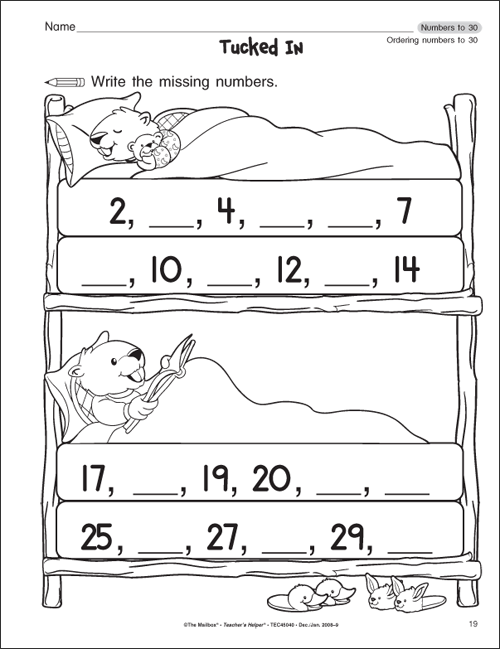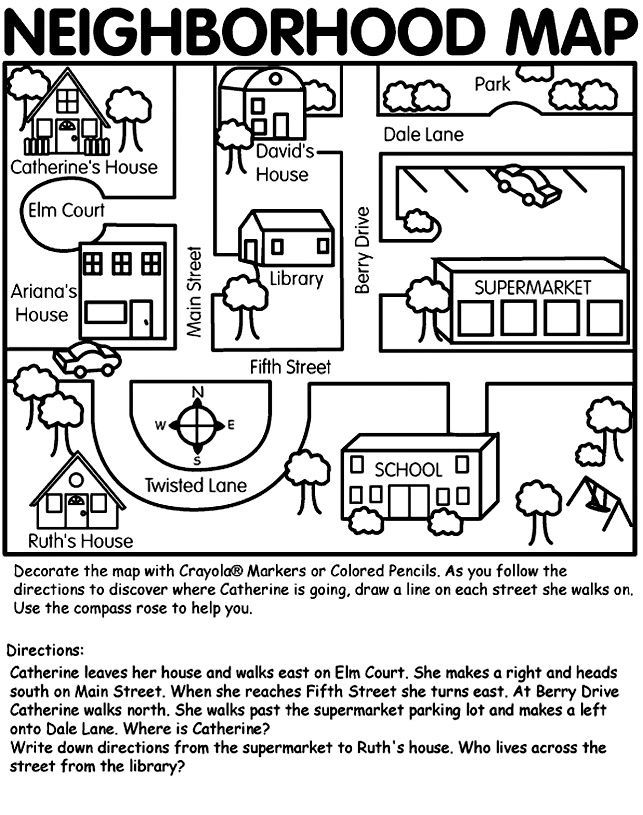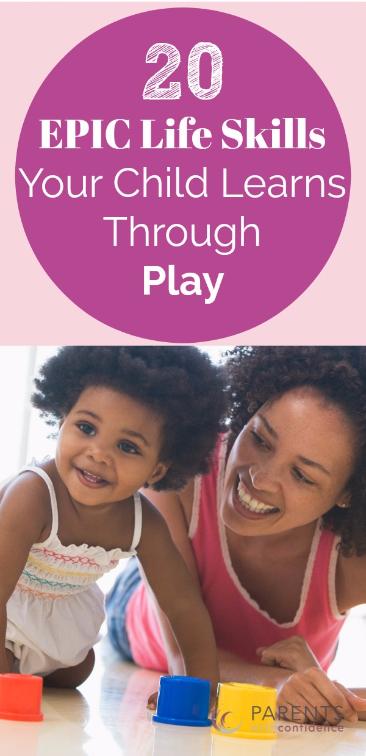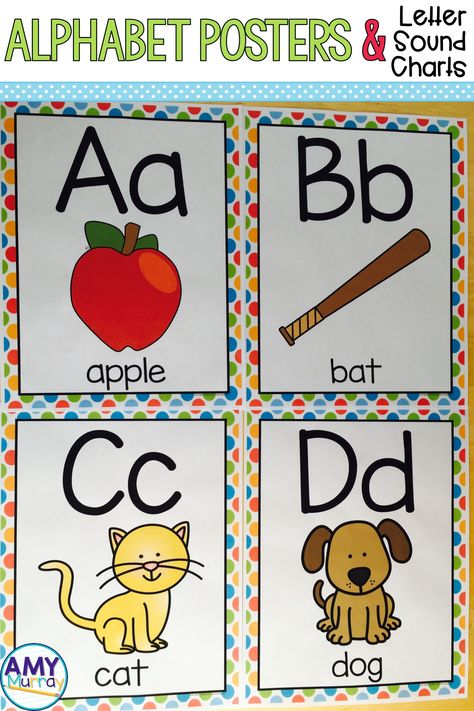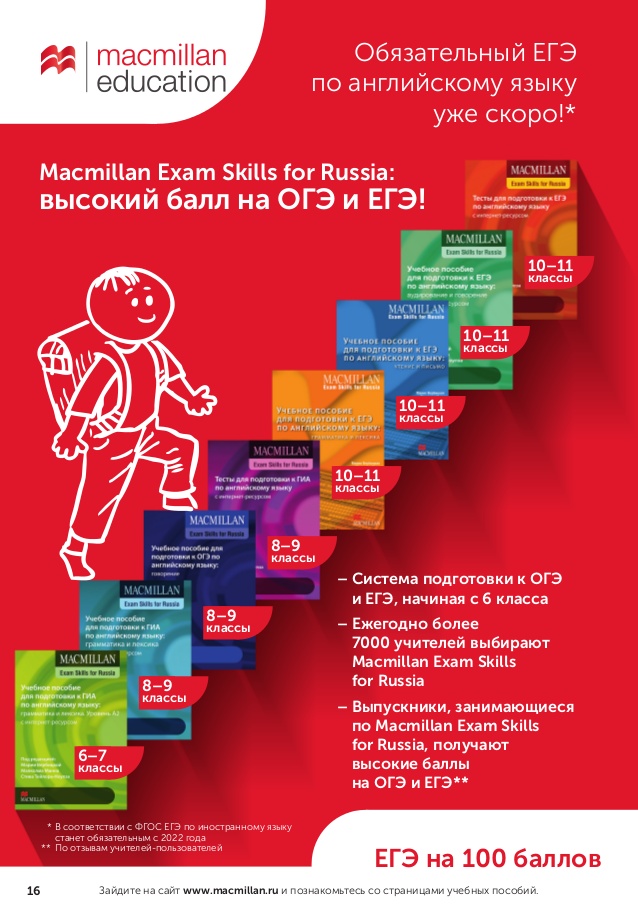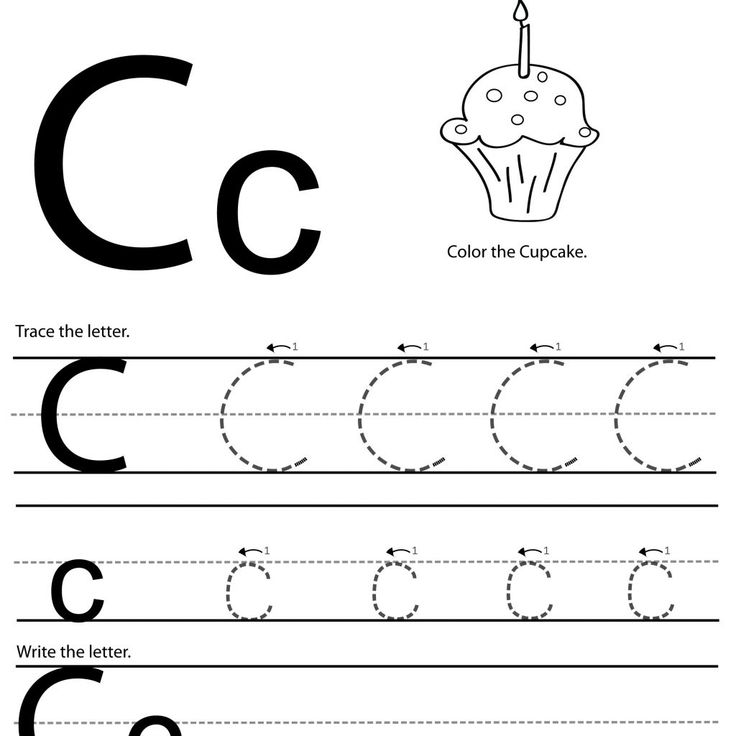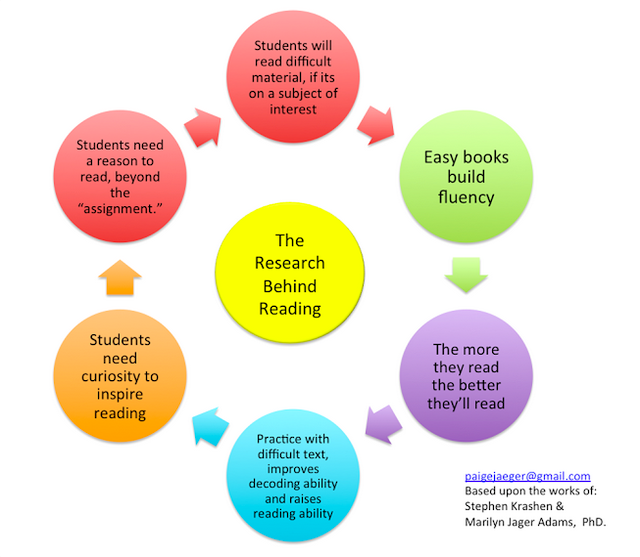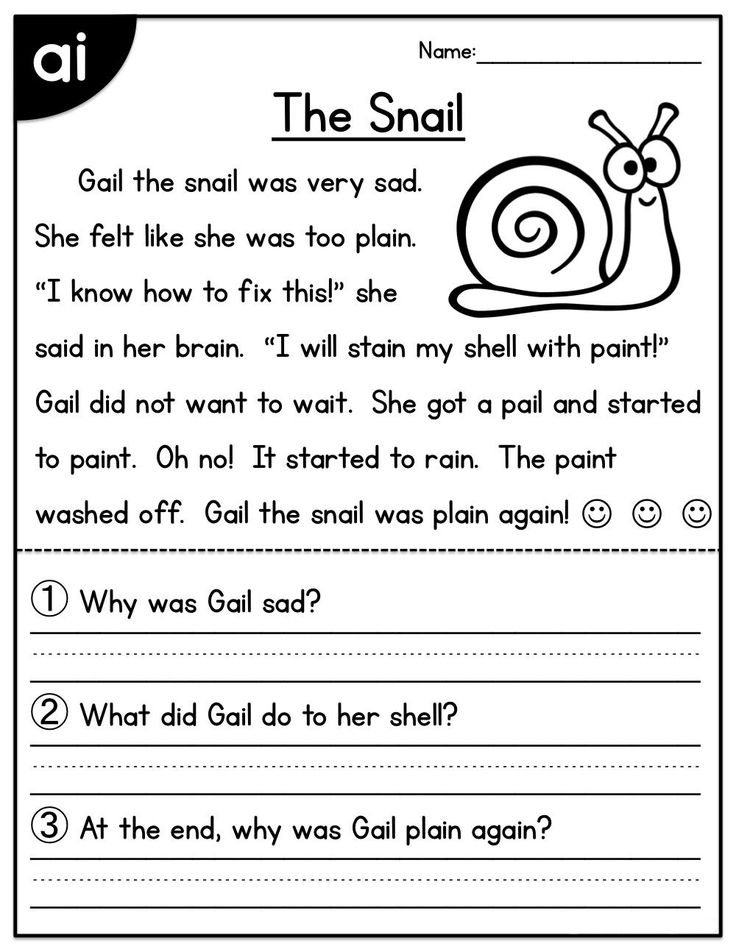Social and emotional learning activities for toddlers
17+ Easy Social Activities For Toddlers And Preschoolers
Social skills for preschoolers and toddlers are critical to their happiness and well-being. As essential tools children use to interact, communicate, and build relationships, social and emotional skills also play an important role in a child's development. We have compiled 17+ social-emotional development activities for toddlers and preschoolers.
Play And Social Development
There is an incredible link between play and social development. As it turns out, all types of play are valuable to the social and emotional development in early childhood, including block play. Through block play, children build skills not only in social-emotional, but also the physical, language, and cognitive development domains. Read our detailed post on the benefits of block play.
Kids love to play! Therefore, what better way to build their skills than to provide fun and interactive social skills activities for preschoolers and toddlers. Explore this post on "What Are Social Skills? & Why Are Social Skills Important?" for a deep dive into social and emotional development in early childhood.
Like little sponges, children learn best with hands-on activities. Additionally, through engagement and modeling, you demonstrate socially acceptable behavior. Kids need free time to play and develop their imagination and creativity. Be flexible. Start with a plan, but let your children lead the way. Let them be imaginative!
At first, keep things simple. As their skills develop, you can add more complex activities. Such as, adding a twist to a classic game like Simon Says. Turn routine play into enhanced experiences and keep it fun and interactive!
Let's look at some simple social-emotional activities for toddlers and preschoolers you can incorporate into your child's daily play.
Ideas For Social Skills Activities For Preschoolers And Toddlers
Use Visuals
- Posters
- Charts
Read Books
Read one of these on good manners:
- Thank You and Good Night by Jon Gordon
- Richard Scarry's Please and Thank You Book by Richard Scarry
- Do Unto Otters: A Book About Manners by Laurie Keller
- My Mouth Is a Volcano! by Julia Cook
- Penguin Says "Please" by Michael Dahl
Sing Songs
Songs work wonders for kids.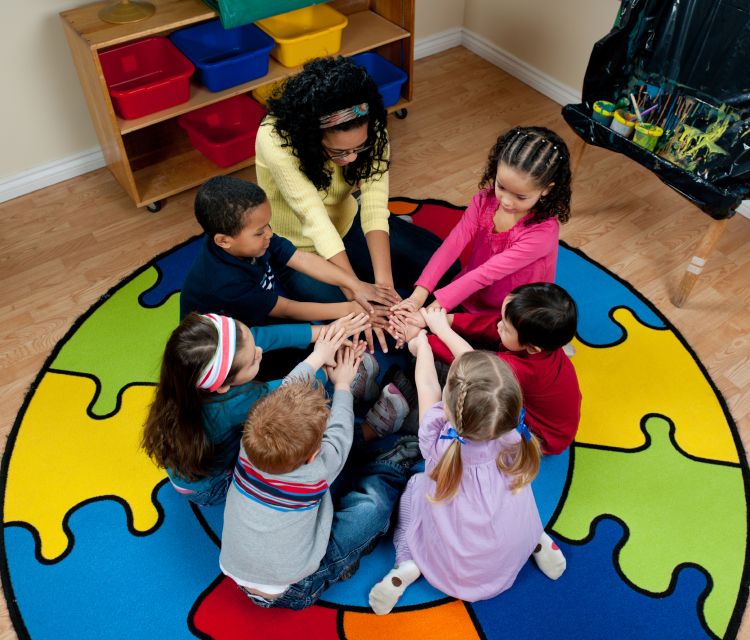 They love to sing and remember things so much better when put to music. It also works as a fun and gentle reminder; when your child begins to use bad manners, you can start singing the song.
They love to sing and remember things so much better when put to music. It also works as a fun and gentle reminder; when your child begins to use bad manners, you can start singing the song.
Sample one of these Good Manners Songs from The Child Care Lounge.
- Manners (Tune: I'm a Little Teapot)
- When You're Talking to a Friend (Tune: If You're Happy and You Know It)
- Good Manners (Tune: Twinkle, Twinkle Little Star)
Or this one from Let's Play Music .
Finally, try a classic like, "Your Happy And You Know It"
Play Games
Playing games together, whether board, card, or outdoor games, encourages following directions and taking turns. Children have to learn how to play fairly by the rules. Additionally, it provides opportunities to handle winning and losing like a "good sport.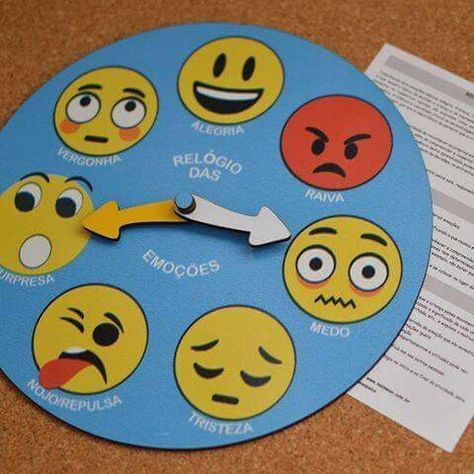 " Practice taking turns with your child by saying "my turn" and "your turn." Most important, focus on having fun while playing together.
" Practice taking turns with your child by saying "my turn" and "your turn." Most important, focus on having fun while playing together.
Role Play
Create a list of things to say and then "role play". For example,
- How to introduce themselves, i.e., "Hello, my name is…"
- How to join in playing with others, i.e., "May I play too?"
- How to nicely negotiate with others, i.e., No, thank you, I do not want the blue car. May I have the red truck, please?"
Social and Emotional Learning Skills
We will look at communication skills and some social-emotional development activities for toddlers and preschoolers to build effective communication.
Communication
Effective communication is one of life's most essential skills. Children need to be able to understand and express their emotions while also recognizing the feelings of others'. The need for positive interactions and connections with others is vital to our well-being.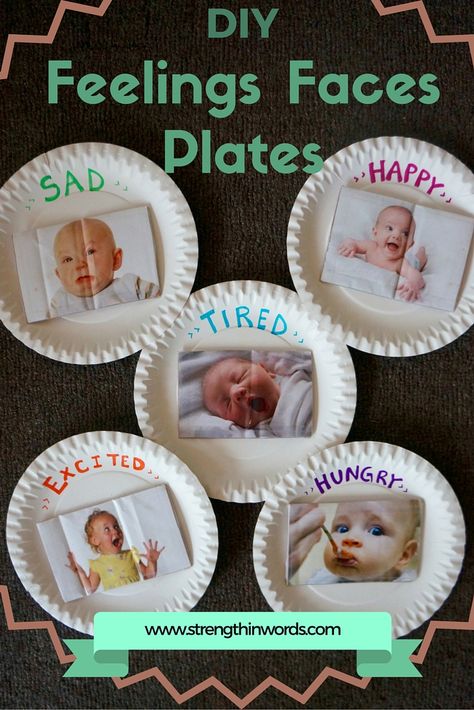 Below are just a few of the skills used in positive communication:
Below are just a few of the skills used in positive communication:
- Active Listening
- Following Directions
- Making Eye Contact
- Using Good Manners
- Having A Sense of Humor
- Not Speaking Too Loudly
- Speaking Clearly
- Telling The Truth
- Using Kind Words
Active Listening
Good listening skills require children to be active listeners. They must hear and understand what someone else is saying. As the foundation for effective communication, being an active listener is a skill that is essential for healthy relationships throughout life. Epictetus, a Greek philosopher, said, "We have two ears and one mouth so that we can listen twice as much as we speak." What wise words!
Practice is the name of the game! Try reading a book, stopping regularly to ask your child to recap the story. For instance, ask them, "What has been happening in the story?" Encourage them to continue listening as you read.
"Listening is where love begins.
" - Mr. Rogers
Following Directions
Following directions and listening are two skills that work closely together. Often, kids have a hard time following directions if they are not using their listening skills.
Younger children can get distracted or forget what you asked them to do. Use this time as an opportunity to practice their skills. For example, practice regularly with simple requests like "Please pass the butter to me" then give praise immediately for following directions.
Also, with young children, you want to give just one direction at a time. Instead of saying, "put on your shirt, wash your hands, and come to the table for dinner," pause until they have put on their shirt before you give the next request.
Furthermore, how you frame the direction makes a difference. You want to avoid phrasing it like a question. This suggests your child has an option and can say "no." Instead, ask them to repeat back what you said once you have given your direction, additionally reinforcing their listening skills.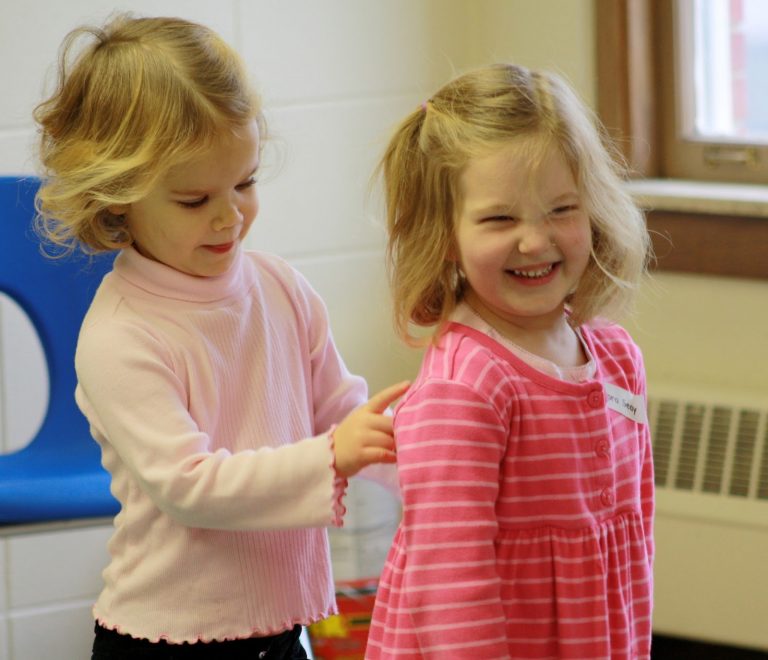
It is important to praise your child when you see they are following directions. Say things like, "Thank you for putting your blocks away the first time."
Making Eye Contact
Some kids may be shy and struggle to look at a person when speaking with them. However, making eye contact is imperative to effective communication, and children need to practice. Highlight the importance of making eye contact and model the behavior.
If your child finds it difficult not to look up, gently remind them by asking them, "Where do your eyes go when someone is talking to you? Always look for times to praise them when they remember to look at people when they are talking. You want to be kind and positive; shy children can often feel anxious.
Practice making eye contact with you first in a safe and loving environment. Have your child describe a story while you play with a toy, close your eyes, or look around but NOT at them. Then, have them share another story; this time, make eye contact while they are speaking.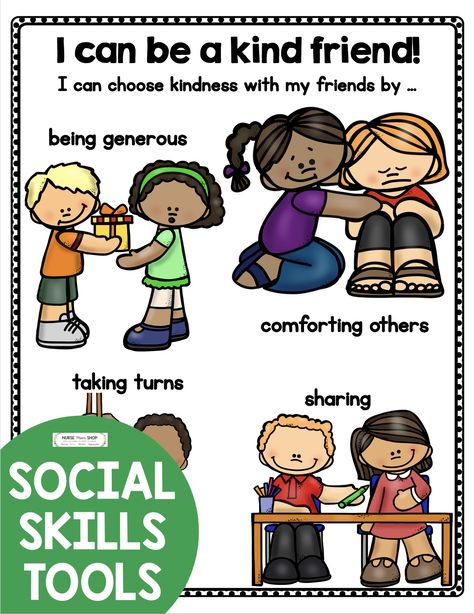 Afterward, talk about how it made them feel in each instance.
Afterward, talk about how it made them feel in each instance.
Using Good Manners
Good manners are more than just minding your "Please," and Thank you." It is about being polite and courteous, like not interrupting or talking with your mouth full. Using good manners, whether while eating and speaking, at home, or in public, is also about respect. Greeting people like family, friends, or visitors with a "Hi" or "Hello" makes them feel welcome and appreciated. Let's not forget the importance of "I'm sorry" and Excuse me."
We realize that teaching good manners can feel like an endless battle. However, when your child is polite and courteous, it makes others want to be around them. Furthermore, they are more likely to be invited places if they are respectful, gracious, and well-behaved.
Once before a trip to France, we were reminded that Americans are often considered rude by other countries. We can be loud in public, but the thing that struck me the most was that we forget to say "Hello" before asking for help or directions. What a concept, a simple greeting of "Hi. How are you?" before asking, "Where can I find the bread" goes a long way.
What a concept, a simple greeting of "Hi. How are you?" before asking, "Where can I find the bread" goes a long way.
So, we tested it out while we there and what a positive response and experience we had. We also started practicing it at home and WOW! what a difference it makes. Such a small effort with a huge impact.
Now that was easy for us adults, but how do we teach our children good manners? Model them! Always saying "Please" and "Thank you" to your children, as well as others. Give gentle reminders and praise them when they remember to be polite.
Better yet, practice with these fun social-emotional activities for preschoolers and toddlers below.
Emotional and Social Development Activities For Toddlers
Social skills activities for toddlers are usually quite simple. Typically, before the age of three, toddlers rarely play cooperatively, but instead, they play alongside one another, enjoying each other's company. They are just beginning to engage in pretend play and like to imitate friends and adults.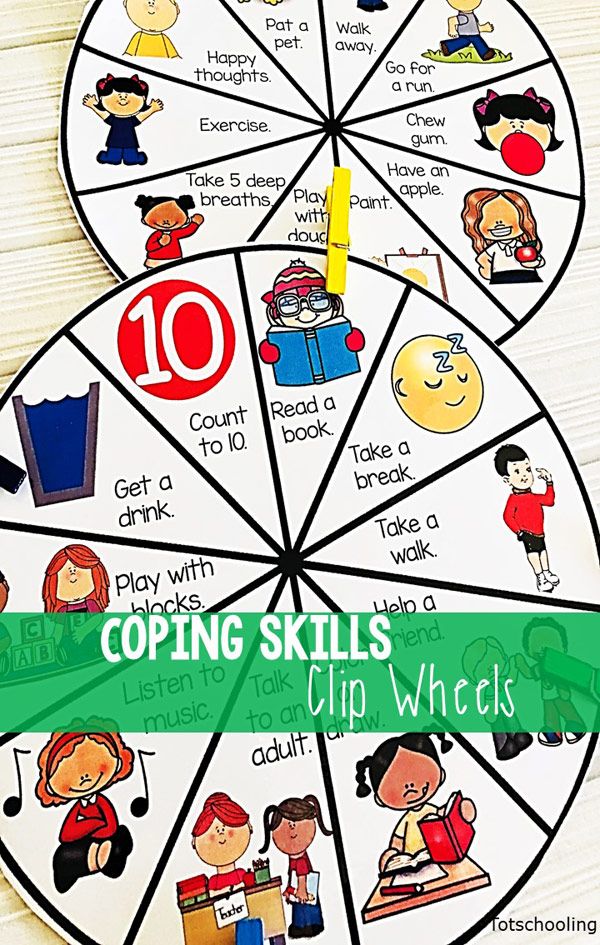 You see an increase in their independence, but they may still have some separation anxiety. For successful interaction, keep these general guidelines in mind when planning your social-emotional learning activities for toddlers.
You see an increase in their independence, but they may still have some separation anxiety. For successful interaction, keep these general guidelines in mind when planning your social-emotional learning activities for toddlers.
Hands Are Not For Hitting
Not hitting, is a vital skill to learn, especially for toddlers. You can create a song about what hands are for, including hand motions. Add things like Hands are for waving, clapping, drawing, hugging, and more. Look for more ideas in the "Hands Are Not For Hitting" book by Martine Agassi Ph.D.
Red Light, Green Light For Toddlers
This childhood classic requires listening and following direction skills. For toddlers, you may want to use signs to help them understand the directions initially. For example, you could make a round yellow "light" with a picture of hands clapping as a visual cue. As they become more proficient, you can remove the signs one by one and let them play by listening only.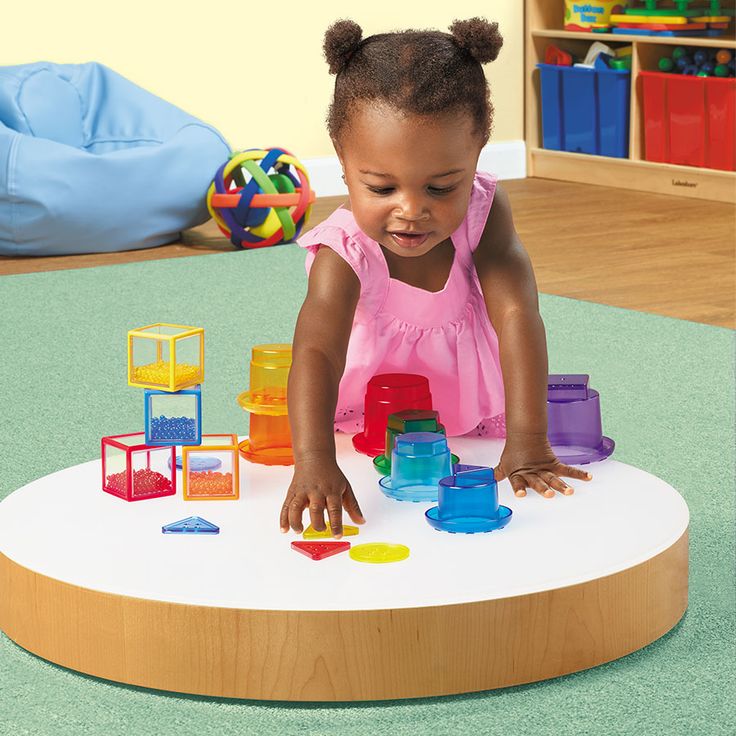
To play, one toddler is the "stoplight," and the others are bikes or cars. Let the kids decide. Next, the "stoplight" says "green light," and all the bikes come running towards the light. When the light calls out "red light," they all have to stop. If they fail to stop, they return to the beginning and start over. The first one to the "light" wins and gets to be the next "stoplight."
Follow My Clap
This game can expand as your child grows. For a toddler, start with a simple clapping pattern, have them listen, and then copy the rhythm. As the child gets older and more proficient, you can add other hand motions like slapping their knees for more complex patterns.
Follow The Leader
Another classic perfect for all ages and learning to follow directions. Choose one person to be the leader. With younger children due to language barriers, it might work best to be the leader in the beginning or just use physical cues. Have the leader "call out" or "act out" movements the kids must follow exactly.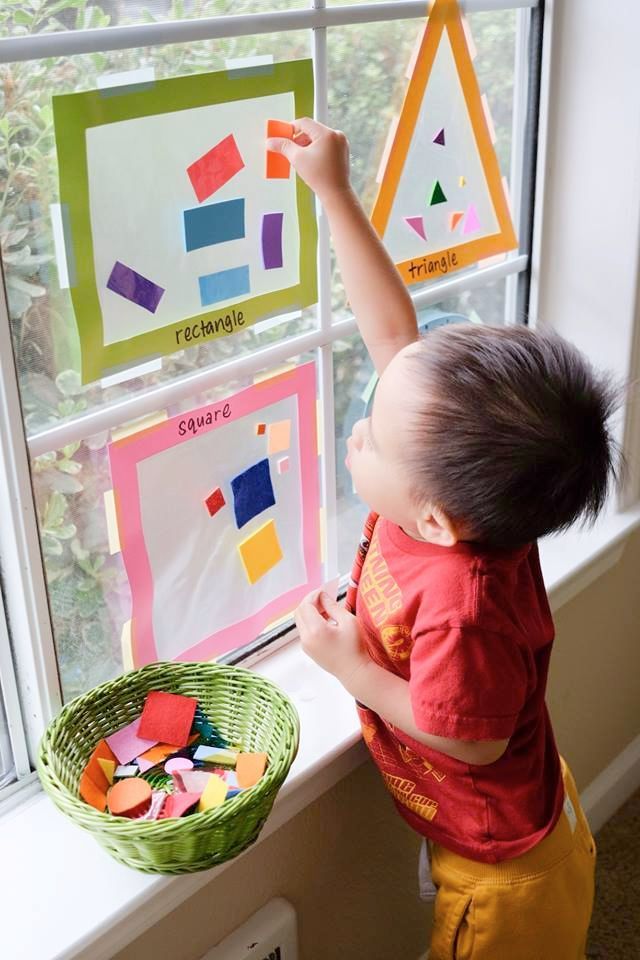
Simon Says
Not only, one of the best games for teaching listening and following directions skills, but also fun for all ages. You know how it goes, right? Someone gets to be "Simon" and gives directions to the other players. Let your child use their imagination and creativity; they could also be "Spiderman" or "Batman." How about "Anna" or "Elsa"? Maybe they want to dress up and get into character.
Next, they have to listen to see if they are supposed to follow the instruction. For example, when "Simon says…" before the direction, the child follows the direction. However, if they give an instruction without saying, "Simon says…" first, then the child does not follow the direction. If you do, then you are out!
Remember to keep the directions age-appropriate. Start slowly and be sure they understand the instructions. For younger children, you may want to give visual cues. For instance, if you say "turn around," then physically turn around.
Loud Or Soft?
Here is another easy game to fine-tune your child's listening skills. It requires them to focus and to understand loud versus quiet sounds. Which is helpful for down the road when you are asking them to use "soft voices." Start by making loud or soft sounds with various items, like loudly banging two blocks together. Then ask the child if the noise was loud or soft?
It requires them to focus and to understand loud versus quiet sounds. Which is helpful for down the road when you are asking them to use "soft voices." Start by making loud or soft sounds with various items, like loudly banging two blocks together. Then ask the child if the noise was loud or soft?
In another version, you can have all the kids make noise, such as stomping their feet. First, have them do it loudly, and then the leader says, "soft," and they stomp quietly.
Social-Emotional Activities For Preschoolers
As your preschoolers' skills increase, their social and emotional learning skills will become more complex. At this stage, they enjoy playing with other children, rather than alone. They are more creative and like to pretend, so now is a great time to add dress-up clothes and props for more imaginative play. Also, they want to try new things, so be creative and use your imagination when planning your social-emotional learning activities for preschoolers.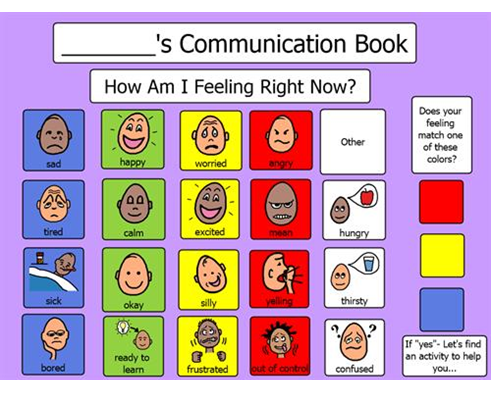
What Sound?
This one can be a lot of fun to watch children express different sounds. First, have children sit back to back. One at a time, have them make a sound (like an animal sound) and see if the other person can guess the sound. Then switch.
Follow The Rhythm
Create a pattern of sounds using musical instruments like drums or even pots and pans with wooden spoons. For instance, you bang on the drum three times. Then have your child repeat what you did. As the child increases their proficiency, you can make rhythm patterns more complicated.
Listening Activity With Blocks
Here is an easy and fun activity for one or more preschoolers, to reinforce active listening. Start with a large container of magnetic tiles in a variety of colors. Ask the first child to add "a blue block to the tower." Next, ask the second child to "add two green blocks to the tower." Continue until you run out of blocks. You can increase the difficulty if the children seem to be listening well by adding more complex instructions.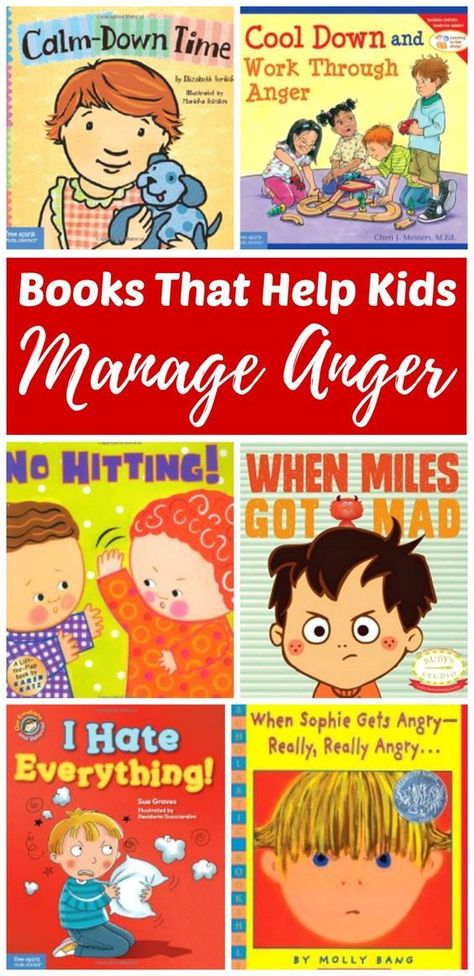 For example, "add one red block, one blue block, and two green blocks."
For example, "add one red block, one blue block, and two green blocks."
Obstacle Courses
Kids love them! Not only do kids reinforce their listening and following direction skills, but they build gross motor skills too! It is important to start small. Depending on your child's age and ability, begin with 3-5 obstacles or tasks.
Here are some ways to focus on listening and following direction skills.
- Give them the exact directions on how to move through the obstacle course. For instance, if you use giant building blocks, tell them whether to go over, around, or knock them down.
- Try incorporating a station where they have to stop and listen for the directions like "Simon says..." Once the task is completed, they can continue.
- What about including a magnetic blocks station where they must build a pyramid.
Games To Enhance Social And Emotional Skills
Playing games offers many benefits. They encourage early learning, paying attention, and increase language development.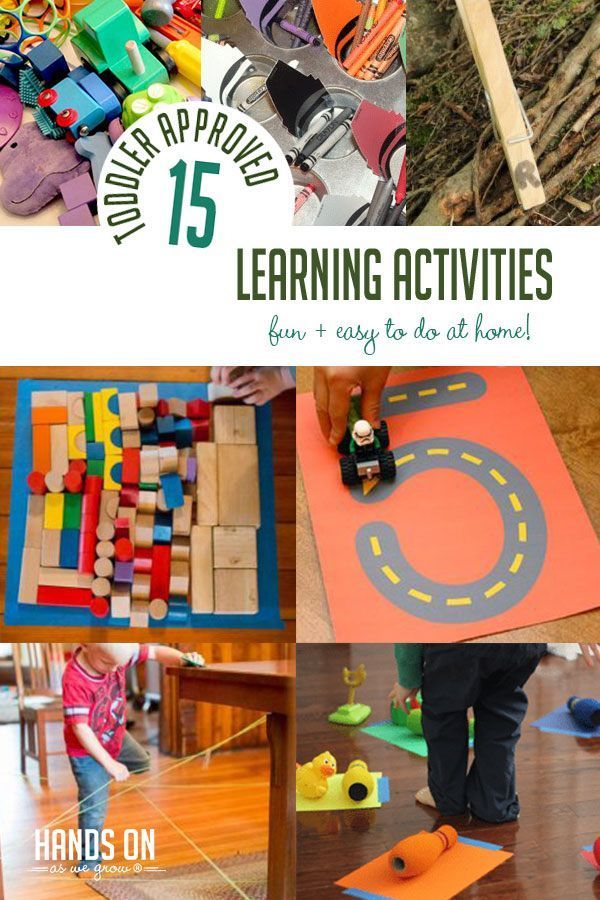 They provide opportunities to connect, to step away from our screens, and teach the value of teamwork. Most importantly, they focus on having fun.
They provide opportunities to connect, to step away from our screens, and teach the value of teamwork. Most importantly, they focus on having fun.
Red Light, Green Light For Preschoolers
A classic childhood game for preschoolers, with a twist. Once your child understands red means stop and green means go, you can increase the complexity by adding additional "light" colors. For example, "yellow light" for clapping, "blue light" for turning around, and "orange light" for jumping in place.
Or reverse the colors with "red light," meaning go and "green light," meaning stop. These simple variations force them to listen more carefully.
Mother May I?
Another childhood classic that requires following directions. One kid is the "mother" and stands far away, facing the line of children. "Mother" then chooses one child at a time and gives them a direction. Typically, these directions follow a standard, such as "Luke may take three giant steps forward" or "Hannah, you may take four baby steps forward. " The child then asks, "Mother may I?" and "mother" replies yes or no. If the child forgets to answer, "Mother, may I?" then they have to go back to the beginning. The first child to get to "mother" wins.
" The child then asks, "Mother may I?" and "mother" replies yes or no. If the child forgets to answer, "Mother, may I?" then they have to go back to the beginning. The first child to get to "mother" wins.
Simon Says (try a twist of "Listen To What I Say And Not What I Do")
You know how it goes, right? Someone gets to be "Simon" and gives directions to the other players. For preschoolers, you can add complexity by providing more than one-step instructions. For example, try "jump two times, clap your hands, and turn around."
Remember if they give an instruction without saying, "Simon says…" first, then the child does not follow the direction. If they do, then they are out!
Here is a fun twist on the game for older preschoolers. This version "Listen To What I Say And Not What I Do" requires kids to focus their listening and NOT uses visual cues. For instance, "Simon says...,: "run in place," but he is jumping in place. Then the correct action is to "run in place."
Here are a few fun commands to get the game started.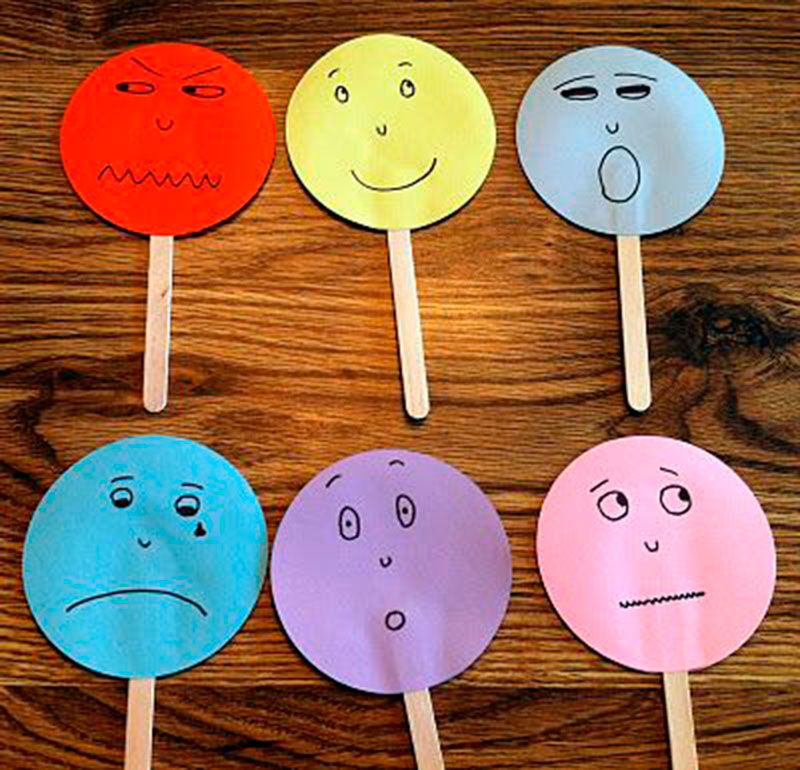 "Simon says…"
"Simon says…"
- Play air guitar
- Waddle like a penguin
- Act like a monkey
- Bark like a dog
- Meow like a cat
- Start singing
- Start dancing
- Cry like a baby
- Pretend to climb a ladder
- Walk backward
Build It! (a variation on the "Teacher Says" game)
In this version, you play with blocks.
- Gather a bunch of wooden building blocks as props and place them in the middle of the room.
- Choose one child to be the "builder" and explain the game.
- Next, you are the "contractor" to model how the game is played. Continue in this mode until the kids fully understand how to play the game. Then one of the kids can be the "contractor."
- Finally, give the "builder" a set of 2-4 directions, such as "line up two wooden square blocks, add one rectangle block on top, and one triangle block to the top." As you play, show useful listening methods, like making eye contact with the speaker, repeating the directions, waiting for all the instructions before starting, and creating a picture in your mind.
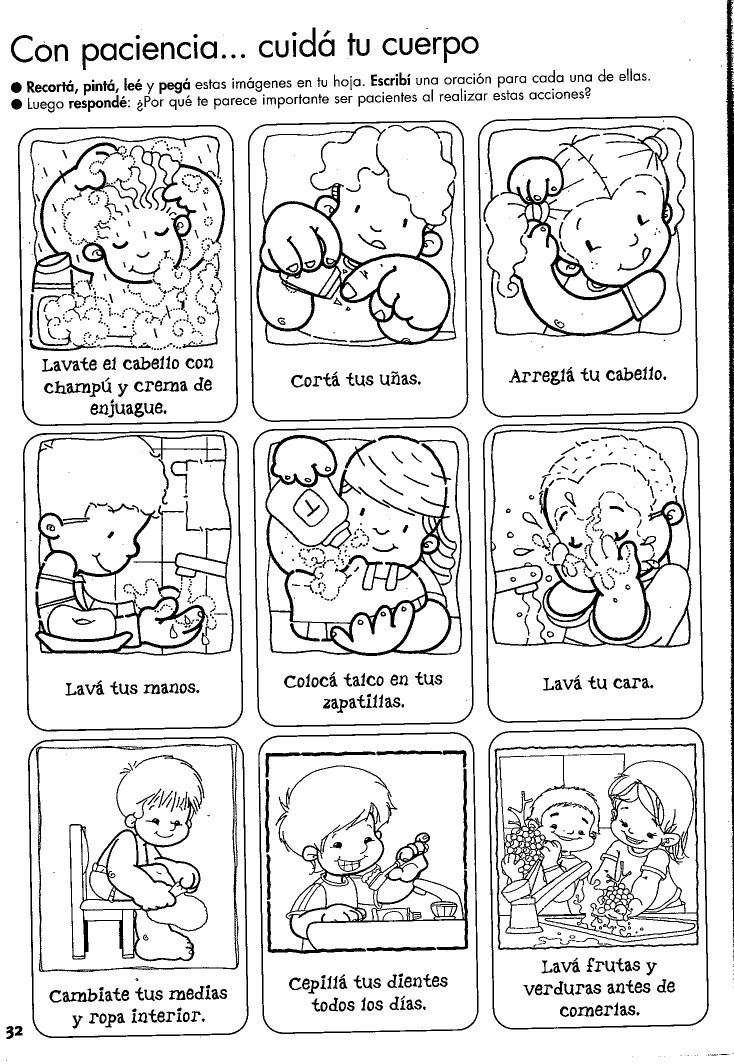
"Please" And "Thank You" Game
This game is a fun way to practice table manners before a special dinner like Christmas or Thanksgiving. Create make-believe food dishes to pass. Have your kids draw pictures of various dishes, such as mashed potatoes, broccoli, or pie on the plates. Also, you could simply cut them out of magazines or print them from the internet. Then glue the pictures to paper plates for passing.
Here is how to play:
- Start with the first "dish."
- Have the child name the food. Ask if they like it?
- If they do not like it, have them say, "No, thank you." If they do, "Yes, please!"
- Afterward, they pass the plate to the next child, asking, "Would you like some________?
- The child can then respond with a "No, thank you" or a "Yes, please."
- Continue until you have passed all the "dishes."
Music and Dance Activities
Dance and music are not just fun for toddlers and preschoolers, but they are beneficial too! Music cultivates communication and allows kids to express themselves.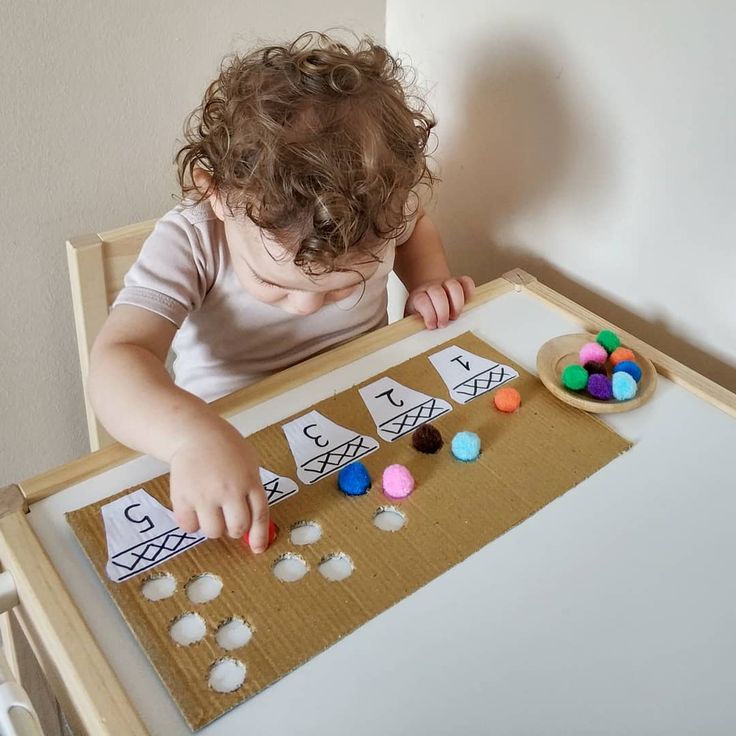 Furthermore, it contributes to imagination and creativity.
Furthermore, it contributes to imagination and creativity.
Let's Have A Dance Party!
This one starts with some music. Next, either an adult or a child may be the "dance leader." The "leader" starts dancing, and everyone must follow the moves exactly. Make it fun and silly! After about 30 seconds, but no more than a minute, the "leader" calls out another child's name, and they become the next "dance leader." Continue changing places until everyone has had a chance to be the "dance leader." Beware if you are caught not making the moves exactly, you will have to take a seat.
Freeze Dance
Kids love nothing more than music and dancing! This one is simple and fun. Play some music, and the kids start dancing, once the music stops, they "freeze." You can also add some variations like having them dance to the beat of the music, for instance, dancing slow motion to slow music and dancing fast to fast beat music. Or reverse it, dancing slowly to fast music and fast to slow music.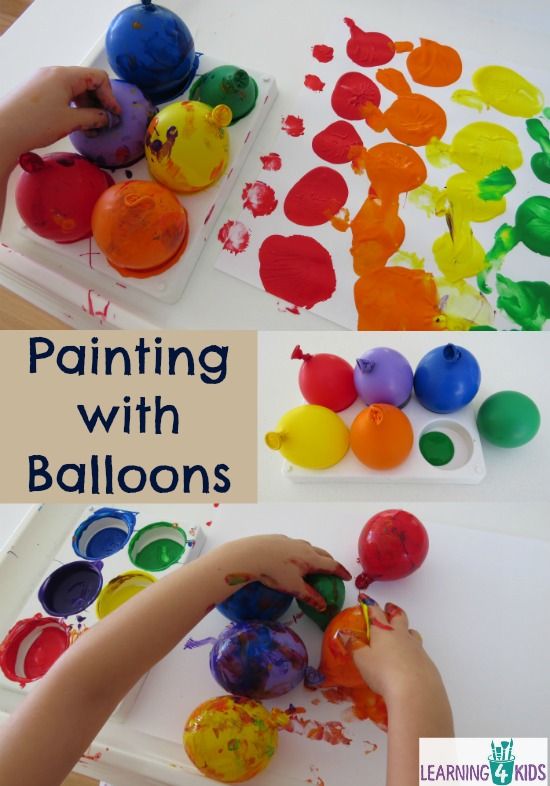
Easy social activities for toddlers and preschoolers are a fun way to help children learn how to listen, follow directions, and use good manners. For more development activities, check out our "Simple Block Activities For Toddlers And Preschoolers" post.
Check back soon for an upcoming post on more social-emotional activities for preschoolers and toddlers, focused on exploring their feelings, cooperation, and how to make and keep friends. Until then, we hope you enjoy your time together playing and practicing.
18 More! Easy Social-Emotional Activities For Preschoolers
This article will examine the social-emotional learning activities for preschoolers and toddlers that support interaction and relationship skills. For example, identifying their emotions and understanding the feelings of others.
We also look at sharing and turn-taking activities for toddlers and preschoolers.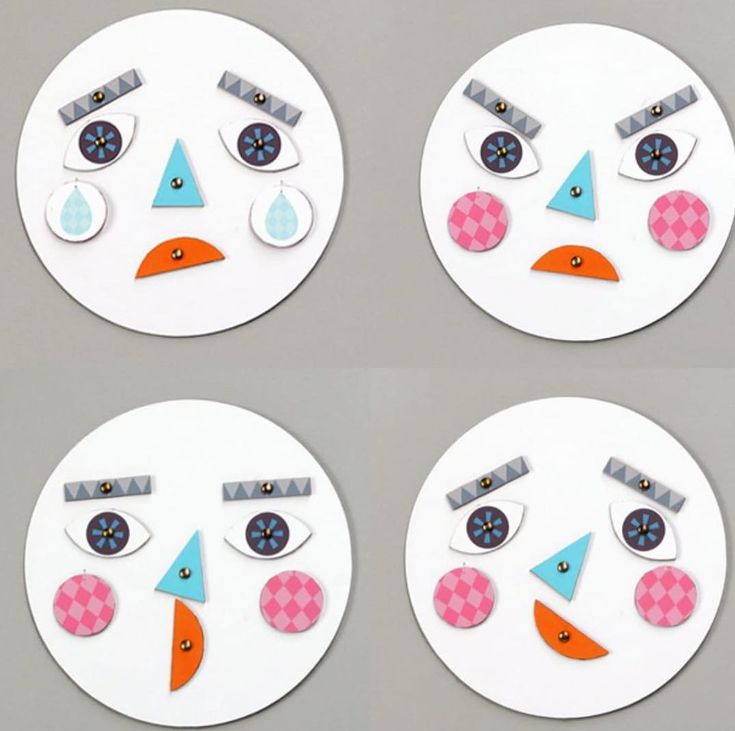 Last but not least, we will explore cooperation and friendship skills for kids. Let’s get active!
Last but not least, we will explore cooperation and friendship skills for kids. Let’s get active!
Social-Emotional Skills: Feelings And Emotions
Let’s start with the all-important emotions and feelings. Your emotions affect how well you relate to others. Toddlers and preschoolers are ruled by their emotions. They have BIG feelings and very little impulse control.
Just telling your child to be kind, loving, and caring isn’t enough. We need to show them! Nothing works better than some playtime to model understanding and empathy.
Empathy May Be The Single Most Important Quality That Must Be Nurtured To Give Peace A Fighting Chance.
Arundhati Ray
Benefits Of Social-Emotional Learning Activities For Preschoolers And Toddlers
Engaging in social-emotional learning activities for preschoolers and toddlers promotes the following benefits.
- Recognizing and naming the core emotions builds emotional awareness and empathy.
- Connecting feelings and colors give visual cues.
- Naming or labeling emotions gives children the vocabulary words to express their feelings.
- Role-playing how to react to their BIG emotions teaches self-control.
- Social-emotional activities create a safe place for open communication about their emotions and feelings.
How To Support Social And Emotional Development In Preschoolers And Toddlers
Identify, express, and model emotions with young children to help them become socially and emotionally competent. Additionally, reading books, playing games, singing songs, and social-emotional activities for preschoolers and toddlers, such as imaginative play, are other ways to practice their skills.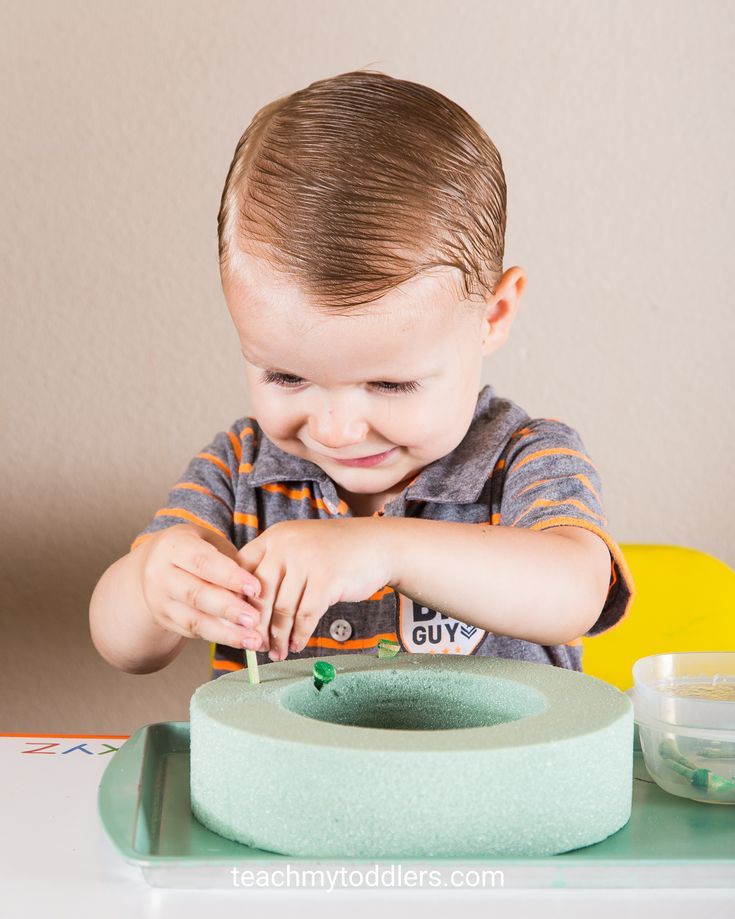
Identify Emotions
Let’s look at the five core emotions: joy, sadness, anger, fear, and disgust. The Pixar movie “Inside Out” does a beautiful job of characterizing these emotions. We especially appreciate the correlation between colors and feelings. Meet the 5 character emotions from the movie.
After you watch the movie with your children, discuss the different characters and the feelings they represent. Talk about body language and facial expressions. Encourage your child to identify and express the moods by asking them to draw and “color” the various emotions.
Model Emotions
Set an example by modeling an appropriate way to express our emotions. Kids need to see our feelings, and it is perfectly natural for adults to be happy, mad, or sad. It’s what we do with those emotions that matter.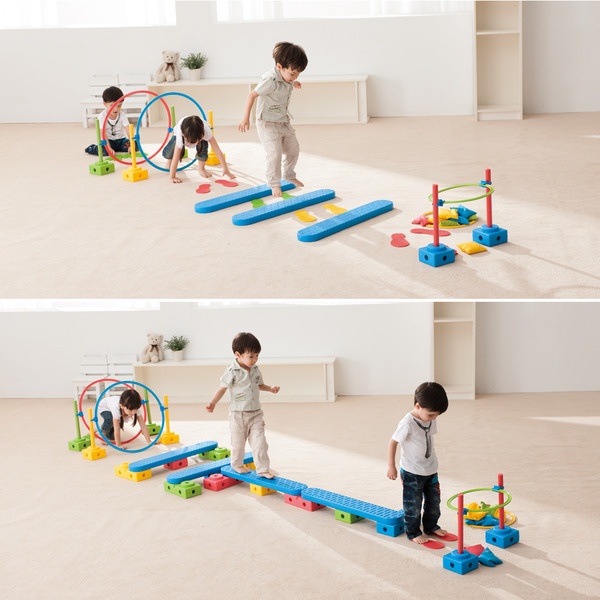 Take the time to share with your child what made you feel the way you did and how you worked through it.
Take the time to share with your child what made you feel the way you did and how you worked through it.
Problem-solve
Kids are bound to have conflicts when playing together. Your role is to support them and, if appropriate, help them find a solution. For example, they both want the same toy:
- You might suggest a similar one
- Or perhaps they could take turns or play with it together
- Talk it through to see if they can resolve it on their own
Read Books About Emotions
Reading stories to recognize, understand, and express their feelings, helps develop their social-emotional skills. Further discussion allows them to connect their emotions to a variety of characters. Here is a list of books to get you started:
- Are We There Yet? by Dan Santat
- Calm-Down Time by Elizabeth Verdick
- F Is for Feelings by Goldie Millar
- Feelings to Share from A to Z by Todd Snow
- I’m Sorry by Sam McBratney
- In My Heart: A Book Of Feelings by Jo Witek
- Llama Llama Mad at Mama by Anna Dewdney
- Have You Filled A Bucket Today? : A Guide to Daily Happiness for Kids: 10th Anniversary Edition by Carol McCloud
- Lots of Feelings by Shelley Rotner
- My Many Colored Days by Dr.
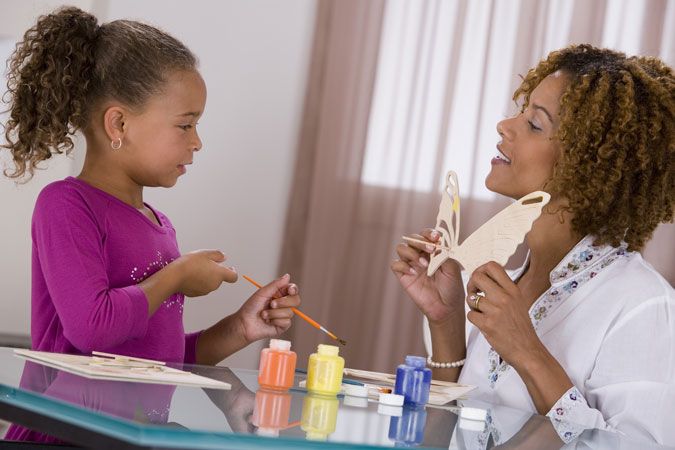 Seuss
Seuss - The Great Big Book of Feelings by Mary Hoffman
- The Grumpy Morning by Pamela Duncan Edwards
- The I’M NOT SCARED Book by Todd Parr
- Today I Feel Silly, & Other MOODS That Make My Day by Jamie Lee Curtis
- Waiting by Kevin Henkes
- When I Feel Worried by Cornelia Maude Spelman
Play Games
Good old-fashioned games are a great way to encourage taking turns, cooperation, and patience. How about a weekly game night with the family?
Role-Play With Puppets
Puppets are a fantastic non-threatening way to explore social and emotional scenarios. They help kids identify, understand, and examine how to regulate their feelings and manage social situations. For example, puppets can role-play how to handle a “problem” with a friend.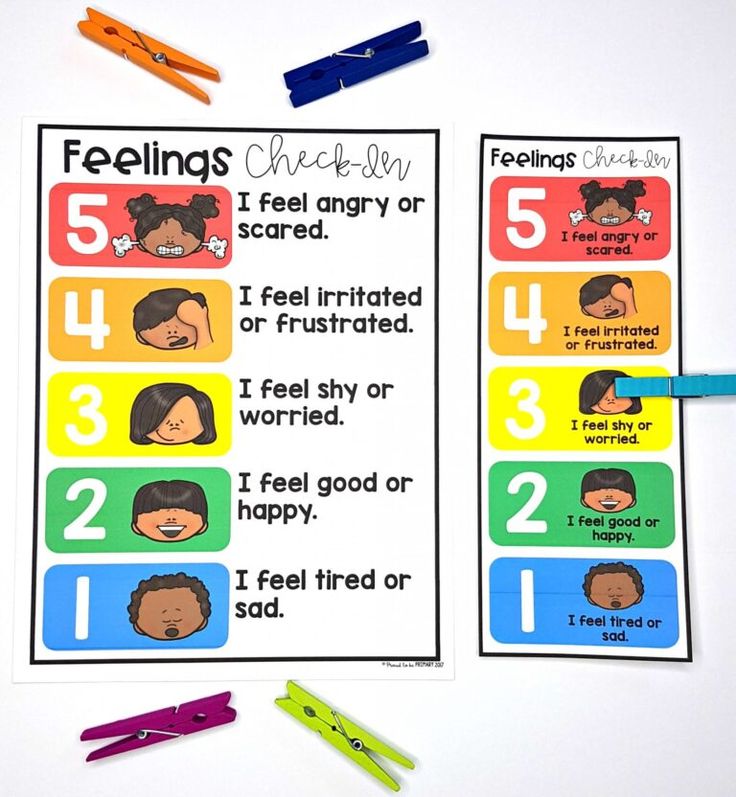
Such as, “I wanted to play with Hannah today, but she was playing with Sarah and said I couldn’t join them.” “What should I do?”
Social-Emotional Development Activities For Preschoolers And Toddlers: Feelings And Emotions
Fun, social-emotional activities for preschoolers and toddlers encourage awareness, understanding, and self-expression.
Toddlers and preschoolers have BIG feelings and very little impulse control.Feelings Charades
The game is all about emotions. Write down some different feelings on index cards. If you want to elaborate, you can have your kids draw feeling faces on the cards to match the emotion name.
Next, have one child pick a card and act out the emotion listed on the card. The rest of the players need to try and guess which feeling they are mimicking.
Feeling Face Mats
- Create some “Feeling Face Mats” using paper plates or paper circles.
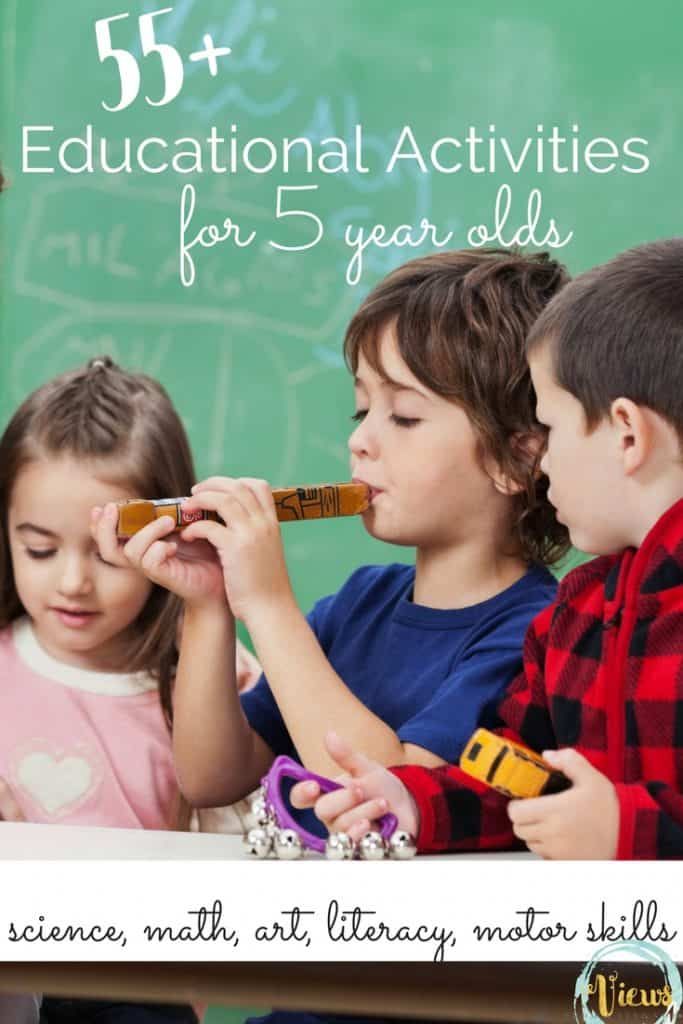
- Either print out emoticon faces from the internet and glue them on. Or have your child draw faces on the plates showing a variety of emotions.
- You can choose to incorporate color to represent feelings. For example, a red face might represent the “angry” face.
- Start with the simplest ones like happy, sad, scared, or angry. Use more or fewer emotions based on your child’s age and stage of development.
- The mats are perfect for the following games.
Feelings Hop
Tape the “Feeling Faces Mats” to the floor with painters’ tape (please check your floor before taping them all down.) Then call out a feeling and have your child jump or hop to the correct emotion.
Once there, have them tell you, “What makes them feel that way? “ Or, “How do their bodies feel when they experience that feeling?” Keep it to a few “Feeling Face Mats” on the ground for those just learning about their emotions.
Feelings Bean Bag Toss
In this version, instead of having your kids jump or hop to the “Feeling face Mats,” have them toss a bean bag to the emotion you called out. Continue by having them describe a situation where they felt that emotion.
Musical Feelings Game
Like musical chairs, use the “Feeling Face Mats” and tape them down on the floor in a circle. Then play some music. Next, have the children walk around the ring. When the music stops, have each child act out the emotion or feeling they landed on.
Emotions Stress Balls
All you need for a fun craft and activity is five balloons, a sharpie, and some homemade playdough or uncooked rice.
- First, create small balls of playdough and stuff them into the balloons. You can hold open the balloons while your kids’ stuff in the playdough.
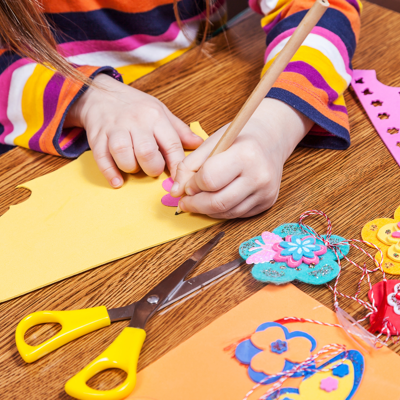
- Once full, push out any air and tie off the balloons.
- Then draw faces with a Sharpie on the balloons representing happy, sad, angry, scared and surprised.
- As an alternative, you can fill them with uncooked rice. Why not try both for a comparison.
Emotion Masks
Kids enjoy crafts, so why not create some masks to help explore their feelings.
- Here you need paper plates, Popsicle sticks, tape and markers, crayons, or paints.
- Cut each plate in half and tape a Popsicle stick to the rounded edge of each half plate.
- Have your child draw a mouth and a nose on each mask.
- Now get exploring some emotions. Be silly and mix up the feelings, for example, your child could give angry eyes with a happy face mask.

Social-Emotional Skills: Cooperation
The ability to work with others is a fundamental skill that is necessary for building a community. Cooperation requires preschoolers to learn how to contribute, collaborate, and cooperate toward a common goal. They must work together!
Block Activities Inspire Children To Engage in Collaborative PlayTypically, young children do not have the skills to work together until about three and a half. At this time, you will begin to see them engage in cooperative play, whether playing a game or building a tower out of giant blocks.
This is a time where you might see leadership roles emerge. Regardless, cooperation requires mutual respect, discussion, compromise, and understanding.
Block play activities are excellent for inspiring children to engage in child-centered, collaborative play.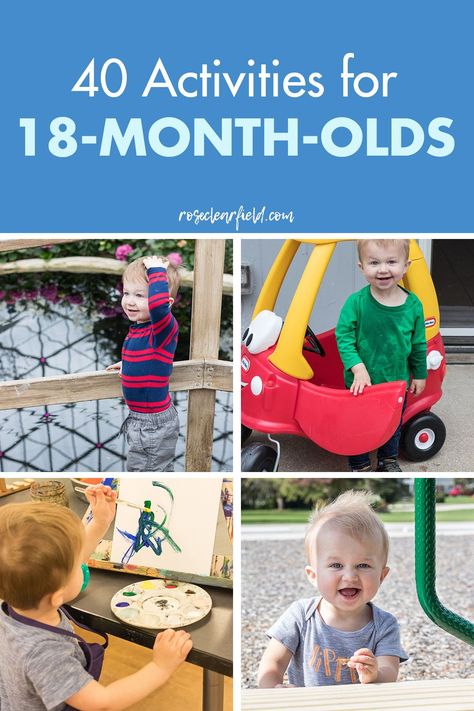 Playing in a group encourages both communication and social skills. Children begin to relate to a common goal, and therefore it is easier to build relationships.
Playing in a group encourages both communication and social skills. Children begin to relate to a common goal, and therefore it is easier to build relationships.
Throughout life, kids will be asked to be a part of a team. Therefore, it is essential to communicate and model the importance of working together. What better way than for the family to work as a “team.”
Consider assigning everyone an age-appropriate chore that creates more time for “family fun.” Or what about dinner time? Give each person a task to help get dinner on the table. Focus on the importance of cooperation and how it makes things work better.
A Good Compromise Is One Where Everybody Makes A Contribution.
Angela Merkel
Sharing And Taking Turns
How do you positively reinforce these skills? One by modeling them.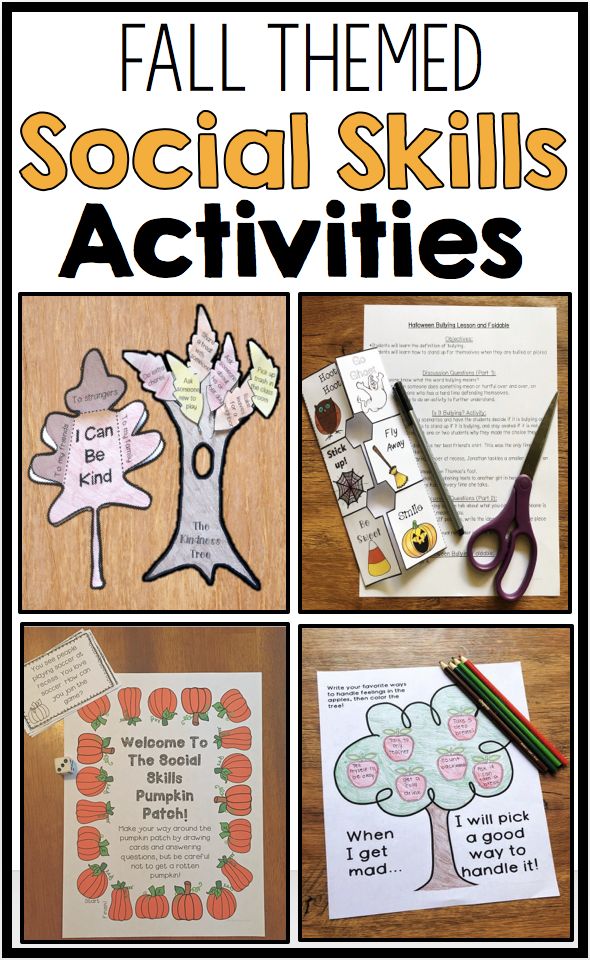 It can be challenging for youngsters who want their magnetic blocks all to themselves.
It can be challenging for youngsters who want their magnetic blocks all to themselves.
Yet, children are inclined to imitate the behaviors they see. So set a good example when interacting with your friends and family. Let them see you sharing. For example, you can say to your child, “I will share my orange with you. Here is a section for you and one for me.”
Another way to support these skills is through praise. When you see kids sharing and taking turns, praise them. By bringing attention to their good behavior, they are more likely to repeat it because they like the good feelings it brings.
Both role-playing and talking to your child about sharing are beneficial. Explain why it is important to share—for example, asking how they feel when their sibling or friend does not share with them.
When all else fails, use a timer.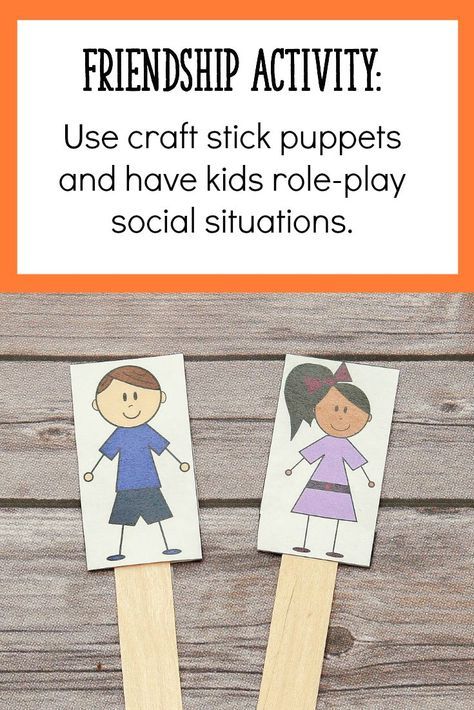 Despite your best effort, there are times when kids will not want to take turns or share. Using a timer like a stopwatch can help them get excited about the next activity and prepare for the change. When they hear the timer, they know it is the next person’s turn.
Despite your best effort, there are times when kids will not want to take turns or share. Using a timer like a stopwatch can help them get excited about the next activity and prepare for the change. When they hear the timer, they know it is the next person’s turn.
The actual concept of sharing doesn’t really develop until about age 5. So keep in mind the age and development of the child to be sure your expectations match their capabilities.
Sharing And Turn-Taking Activities For Toddlers And Preschoolers
One of the essential skills connected to cooperation is sharing. Taking turns and sharing does not come easily for children; they need a lot of practice. Furthermore, they actually have to be taught, so start small with a few activities below.
When You See Kids Sharing And Taking Turns, Praise Them!Share a Snack
Have your child help you prepare and pass out a snack.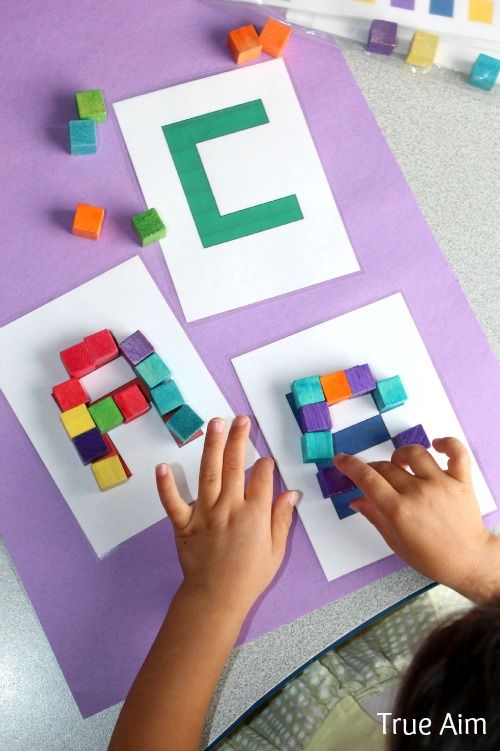 For example, give them some boxes of raisins and have them pass one out to each person. Using verbal cues like “One for your sister, please.”
For example, give them some boxes of raisins and have them pass one out to each person. Using verbal cues like “One for your sister, please.”
Bean Bag Conversation
Create a circle. Pass the bean bag to the youngest child. Ask, “What is something you would like to share with your friend or sibling?” After they share their answer. Have them toss the bean bag to another child. Play until everyone has had a turn.
Share A Story
Create a circle. In this activity, you are going to tell a progressive story. Decide together how the story will start. Hold the ball, narrate the story’s beginning, and then add one thing that happens next.
Roll the ball across the circle to the next child. Each child adds one more thing that happens to the story. Use questions to help prompt those struggling with ideas.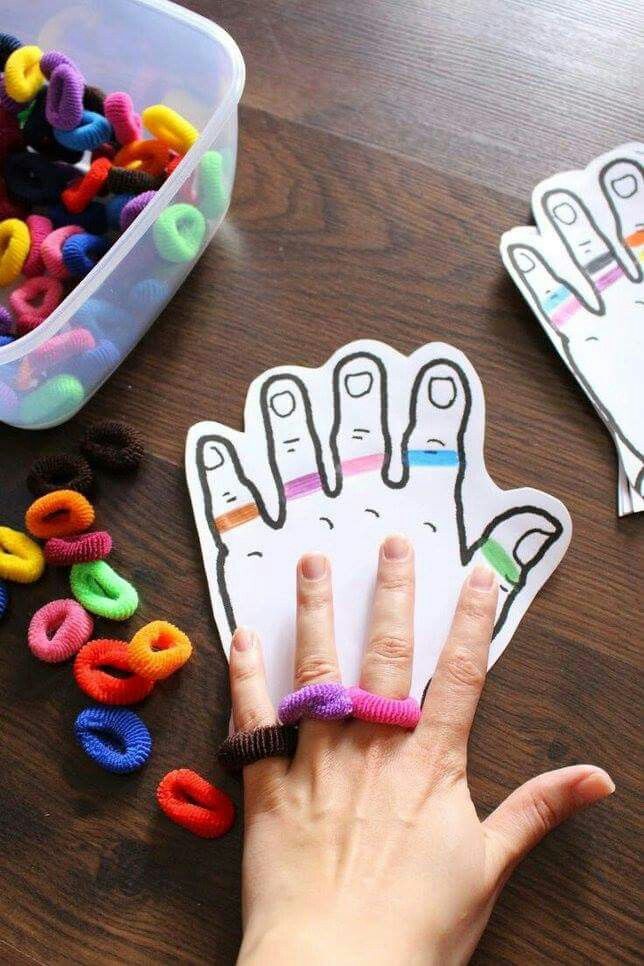 For example, “Where did he go?” or “What did she do?”
For example, “Where did he go?” or “What did she do?”
Self Portrait Sharing
Inspire your child to draw a picture of themselves. Have them include friends or siblings. Expand the drawing by asking them to show themselves sharing.
Painting Together
Here is an easy and creative way to model sharing. Grab your painting supplies and a large sheet of paper. Decide together what you will paint. Next, start painting.
Ask them to “Pass you the red paint?” Also, share your tools with them. This type of activity helps “sharing” become a natural part of daily play.
Social-Emotional Skills: Friendship
Having friends is important at any age! Everyone wants and needs friends. Some friendships will last a season and others a lifetime.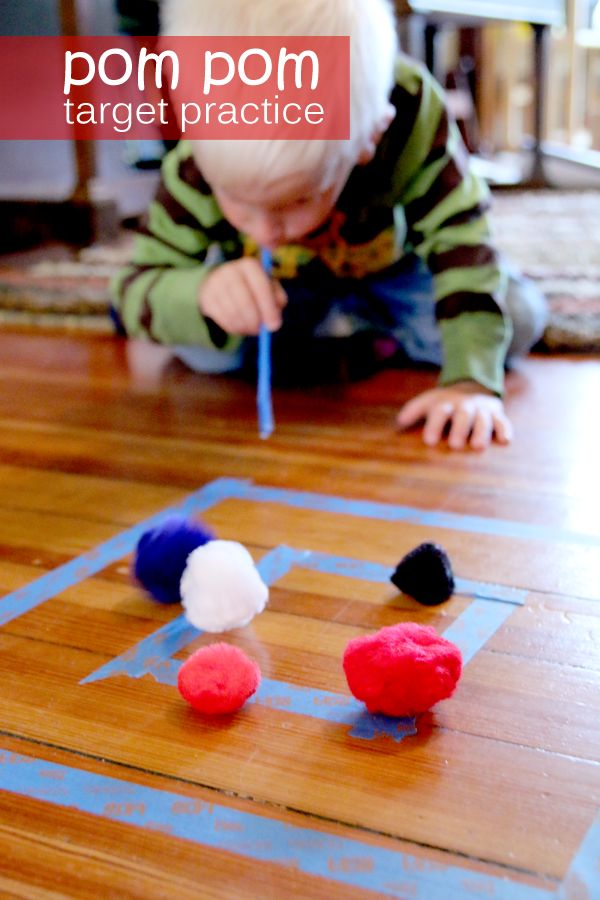 Regardless, the value of friendship is priceless. It provides experiences and builds memories—that is why teaching kids about friendship is essential.
Regardless, the value of friendship is priceless. It provides experiences and builds memories—that is why teaching kids about friendship is essential.
Sometimes making and keeping friends can be a challenge for kids. Regularly talk with your children about friends. Ask them, “Who are your friends?” or “What do you like to do together?” Talk about “What makes a good friend,” and “How can they be a good friend?”
To have a friend, you must be a friend. For example:
- If you are kind to others, they will be kind to you
- Friends play together and work together
- They are someone you enjoy spending time with
- Friends are kind, caring, and gentle
- A friend is “pal” or a “buddy.
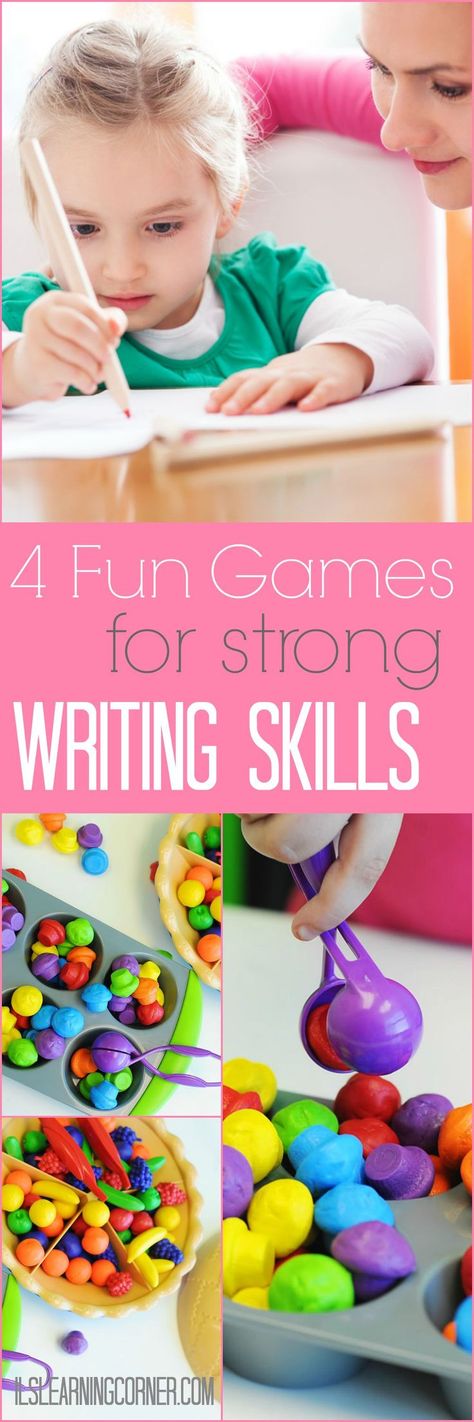 ”
” - You can laugh or cry with a friend
- Friends make you feel special
Social-Emotional Activities For Toddlers and Preschoolers: Friendship
Discuss some of the keys to friendship. For example, friends should be respectful, kind, helpful, forgiving, generous, and patient. This means that your child needs to learn these valuable qualities, too.
Try out some of these easy social-emotional learning activities for preschoolers and toddlers.
What Is A Good Friend?
This is an easy activity that discusses “What Makes A Good Friend?” Work with your kids and create a list of the qualities that they think make a good friend—like someone who shares, who is kind, or who makes you laugh.
Once your list has been completed, have your kids draw pictures for each of the qualities. Then post it somewhere as a reminder of “What makes a good friend?”
Please Pass The Ice Cream?
Based on the book “Should I Share My Ice Cream?” by Mo Willems.
- Create cones from brown cardstock rolled into the shape of a cone, one for each player.
- Use a lightweight ball, like a plastic softball, foam ball, or ball pit ball. Make sure that the ball fits inside of the cone before you start.
- Put the ball into one of the cones to represent the “ice cream.”
- Pass the “ice cream” from cone to cone, having each child share it with a friend. Encourage them to use “please” and “thank you” when sharing.
- For instance, one child asks, “Would you like to share my ice cream?” Another answers, “Yes, please!” or “No, thank you!”
Matching Game
This game is a fun way to introduce “new friends” and the concept of having more than one friend. Each child is given a magnetic wooden block. Make sure you have enough matching blocks that, in the end, every child will find a partner.
Have the kids move around the room looking for their “friend,” the child with the matching block. Once they find their “buddy,” they click their blocks together, link arms, and stay together until everyone has a “pal.”
That’s Me!
Kids love this fun and interactive game. Create a circle. One child stands and tells one thing about themselves: their favorite food, color, or animal.
All the other children who share the same favorite things stand and shout, “That’s me!” The person who shared then chooses one of the kids who stood up to lead.
Say Something Kind
Another circle game. Do you see a theme here? Circles have no beginning or end and are inclusive. They are a great way to build community.
Have your kids form a circle. To start, have an adult toss a beach ball to one of the children, saying something kind about them. When the child catches the ball, they toss it to another kid, saying something kind to them. Make sure everyone has a chance to say something kind.
At the Zoo (or other familiar places)
Encourage your children to work together in their block play area to build a zoo!
- Prompt them with questions like, “When they went to the zoo, what did they see?”
- They can build enclosures for the animals.
- Get creative and use pieces of fabric or paper for water.
- Include natural elements like stones, leaves, and small trees for creating animal habitats.
- Add some books about the zoo, block play people, animals, signs, and vehicles.
Easy social-emotional activities for preschoolers and toddlers are an exciting way to help children learn about their emotions, cooperation, sharing, and friendship. For more activities that support social-emotional development, check out our “17+ Easy Social Activities For Toddlers And Preschoolers” post. Until next time, leave a comment about what you are building, playing, and practicing.
Modern Education
The Social and Emotional Intelligence (SEI) program was initiated by the Contribution to the Future Charitable Foundation to form in Russia, on a scientific basis, systemic practices for developing in preschool and school-age children the ability to recognize emotions, as well as understand intentions, motivation and the desires of other people and their own for the effective solution of practical problems.
SEI is currently considered by the global educational community as one of the key skills of the 21st century. In many countries, developments are being carried out that should lead to fundamental changes in the educational process, aimed at an even distribution of the teacher's attention and on the personal, emotional development of the child, and on his subject knowledge. In Russia, the Federal State Educational Standards of school education also contain personal educational results.
At present, there are tasks to develop research tools for the implementation of a systematic assessment of these results in school practice, as well as to develop measures to include personal educational results in the priority areas of the work of a Russian teacher. No less relevant is the creation of educational programs, which will include materials for teachers, children and parents, as well as programs for the personal and professional development of teachers.
In 2016, the Sberbank Charitable Foundation Contribution to the Future initiated the development of the educational program Social and Emotional Development of Children. Its authors were domestic scientists under the guidance of Doctor of Psychology, Professor E.A. Sergienko. The goal of the educational program is to introduce emotional and social learning into the educational process of Russian schools. The program is based on the theoretical synthesis of foreign theories of the development of emotional and social intelligence, as well as on the provisions of domestic psychology on the socialization of the child and the development of social competence, including the socialization of emotions.
As part of the Education and Social Progress (EPS) international project, the HSE Institute of Education, with the support of the foundation, developed a toolkit for assessing personal progress in the development of emotional and social intelligence. Also, sets of educational and methodological materials and educational programs for preschoolers and schoolchildren, junior, middle and high schools have been developed, prepared for publication and peer review:
- Teaching materials and training courses for educators
- Curricula and workbooks for schoolchildren
- Parenting Resources
- Child assessment tools
- Visual, handouts.
The program was tested in schools in Moscow and Tyumen. Among its results, teachers noted the formation in children of the ability to regulate their own emotions, recognize the emotions of another person, avoid conflict situations, track cause-and-effect relationships, monitor their own mood, etc. The formation and development of these skills in children contributed to the solution of a number of intra-school problems and deficiencies, and had a positive effect on the academic performance of students. Based on the results of the approbation, recommendations are given for finalizing the program and subsequent scaling up of teaching social and emotional intelligence in Russian schools.
The results of the Foundation's program "Social and Emotional Intelligence" formed the basis of a comprehensive solution for the development of the personal potential of teachers and schoolchildren, which will lead to substantial and environmental changes in the field of education at the level of the class, school, region and will ensure sustainable results of these transformations - "Programs for the development personal potential.
GKUSO PC "Center for assistance to children left without parental care" Ilyinsky district
The role of innovative social projects in working with the family
The family is a truly high creation.
She is a reliable barrier and a berth.
She gives birth and calling.
For us it is the basis of all beginnings.
(E. A. Mukhacheva)
During 2018, SVG specialists implemented innovative social projects to support families and parents: "The Best Day" and "That important word is FAMILY."
The main goal of projects is to establish a harmonious relationship between a parent and a child, which was solved through the following tasks :
1. Raise the level of psychological culture of parents;
2. Stabilize the psycho-emotional state of children;
3. Form positive attachment between parent and child;
4. Expand the possibilities for a parent to understand their child;
5. Develop new skills of parent-child interaction;
6. To teach parents how to communicate effectively to resolve problems that a parent may have with a child;
7. Contribute to the self-disclosure of the parent and child, the development of their creative potential.
8. Develop partnerships with the family in active collaboration with other prevention actors.
9. To form a positive attitude towards a healthy lifestyle, motivation to spend joint leisure time between parents and children.
10. To teach how to use different techniques of understanding each other.
The projects were aimed at family reunification, at the development of partnership relations and cooperation between a parent and a child.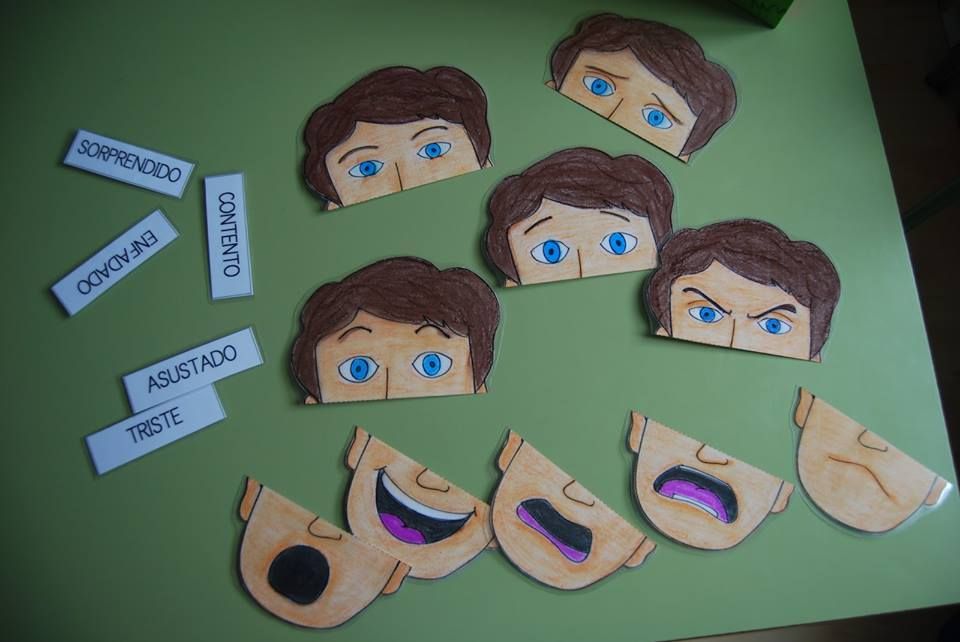
The main point of the projects is to help the parent create a special communication space in which he can focus on his child and just be with him.
The novelty of was in a comprehensive approach to the problems of child-parent relationships: in the release of the child from negative emotional experiences, the development of the emotional world of the parent and child, the enrichment of the behavioral repertoire of participants, the development of positive interaction between children and parents. Quite a lot of time was devoted to the development of creative potential, the manifestation of openness, spontaneity, empathy, the ability to rejoice at each other's successes.
The main technologies used in the implementation of projects: "Systematic creation of a situation of success", "Intensive family therapy", "Social and educational lift", health-saving technologies.
Main activities of the projects:
1. Educational work with parents - conversations, lectures, recommendations, training sessions.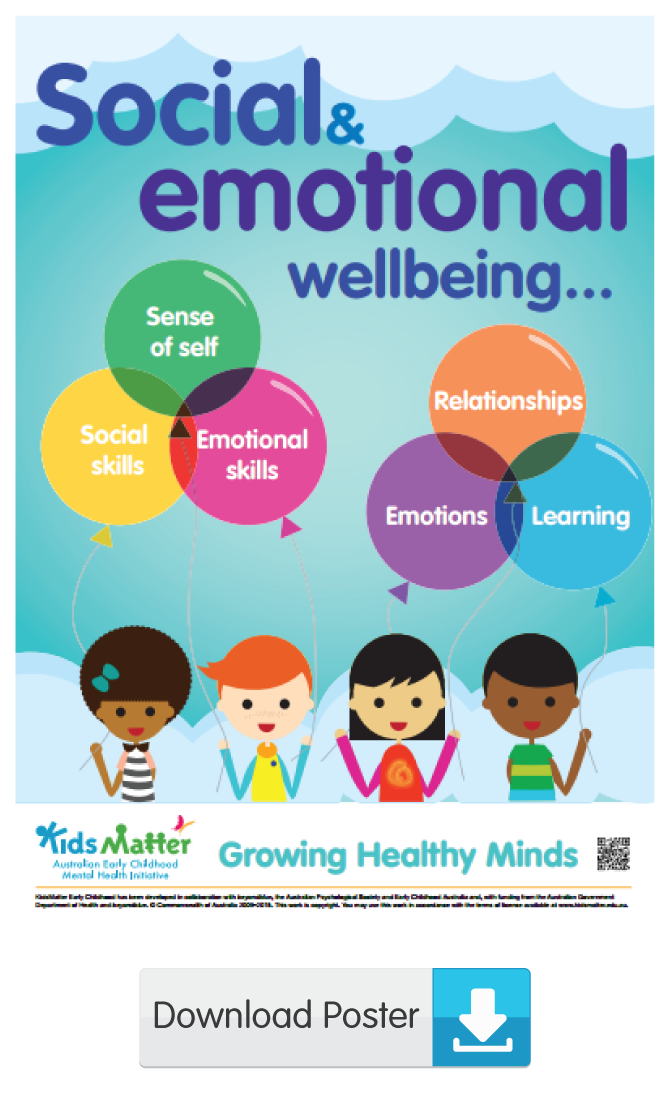
2. Joint parent-child training sessions.
3. Creative workshops.
4. Parent-child games of different themes and directions.
5. Hiking in nature.
6. Excursions around the village.
7. Joint tea parties.
9. Cooking your favorite meals together.
10. Joint completion of the Book of Life.
11. Diagnosis of parents - receiving by parents new information about themselves, aimed at understanding by parents the basics of their character and behavior, developing a desire for self-education, self-improvement and self-change.
Projects were carried out under the supervision of the head of the SS SVG Malygina O.V.
Specialists of the SVG SS, educators of the SVG, library specialists, specialists of the Vereshchaginsky District Museum and Cultural Center, the staff of the MBDOU "Zyukai Kindergarten No. 3", specialists of the Zyukay settlement were involved in the projects.
At the beginning of each month, a meeting was held at which:
- each Day of communication between parents and children was discussed and analyzed, the features of child-parent relations in the process of their interaction were monitored, difficulties in maintaining contact between them were noted, and further steps were outlined for harmonization these relationships;
- the scheme of events for the next Day of communication between children and parents was discussed;
- preparatory work was planned;
- invitation cards were thought out and sent to the parents of pupils.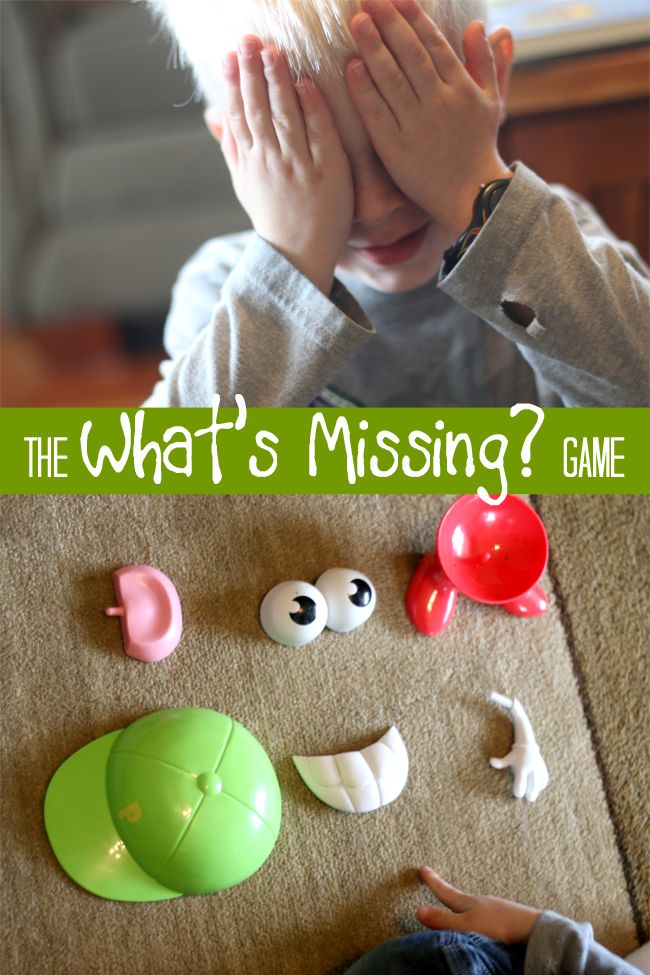
After the completion of each event, feedback is provided to all participants in the form of a questionnaire, drawings and feedback on the day, as well as through phone calls, visits to the blood family, requests to prevention subjects. During the entire period of the project implementation, the “Books of Life” n/l were drawn up and replenished.
Monitoring (control sections) were carried out at the beginning of the project, and every three months.
Project events were covered on the VK page, on the website of the institution - photo reports, press releases, as well as on the website of the MMBUK "VTsRB" Zyukay village library, in the district newspaper with. Siwa "In the native land". An album has been created on the implementation of the project, which includes reports on the activities carried out, samples of invitation cards, samples of diplomas certifying that project participants have received any vital skills, questionnaires, drawings, and reviews of project participants.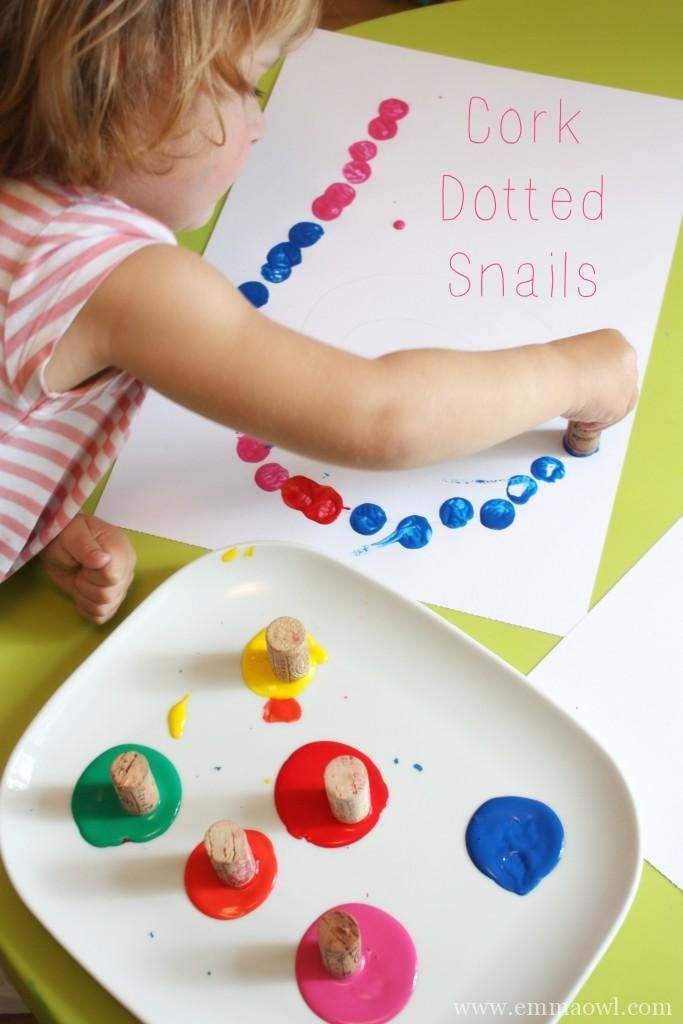
In work with children, the following was monitored:
- satisfaction of pupils with the life of the institution;
- moral education of minors;
- dynamics of the child's emotional well-being based on diagnostic materials - a projective method for diagnosing the emotional state of children of preschool and primary school age - "Mood Barometer"; Methodology "Self-assessment of the emotional state"; Observation; Interview - survey, "Circles" technique (Diagram of good and evil).
In work with parents:
- satisfaction of parents, their orientation towards cooperation;
- the degree of parents' trust in the specialists of the institution;
- an increase in attendance by parents of pedagogical education events, the desire of parents to analyze their own experience and the experience of other parents;
- positive change in the microclimate in unfavorable families;
- practical use of constructive communication skills.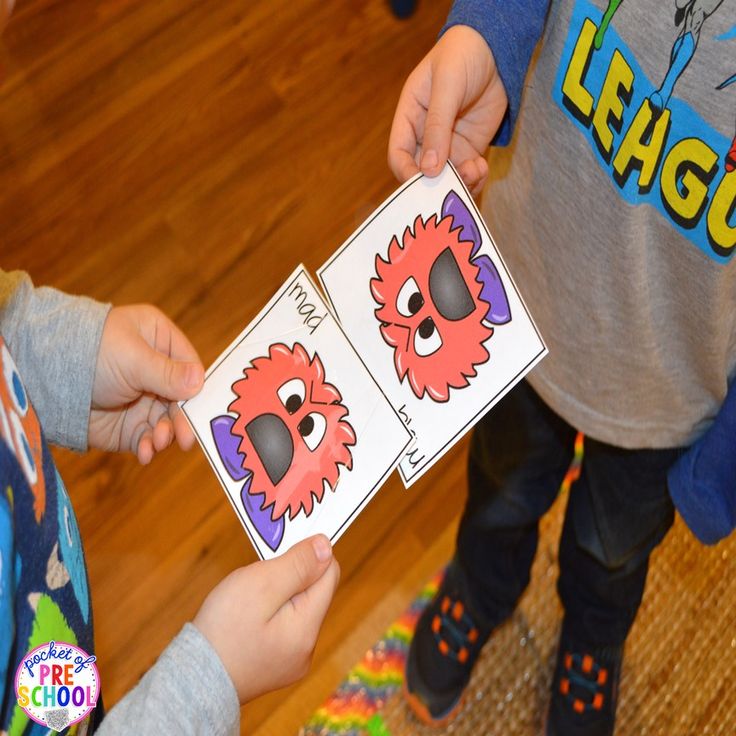
- dynamics of changes in parent-child relationships. (Methodology: Family sociogram; Methodology "Health activity - mood"; Observation; Interview - survey; Test of parental attitude towards children (ORO).
Main project activities carried out by specialists:
1. "Day of Miracles". Increased the level of legal awareness of parents; The event contributed to the development of fine motor skills, tactile sensations. Children's and parents' day contributed to the creation of a positive emotional mood for further cooperation with the institution's specialists. Added experience for children and parents to play together, developed fantasy and imagination.
2. "A day of fun and joy." Children and their parents got the opportunity to play different roles, got the experience of playing together and arranging a common space. In addition, the activities carried out by specialists on this day contributed to the creation of a positive emotional state of children and adults.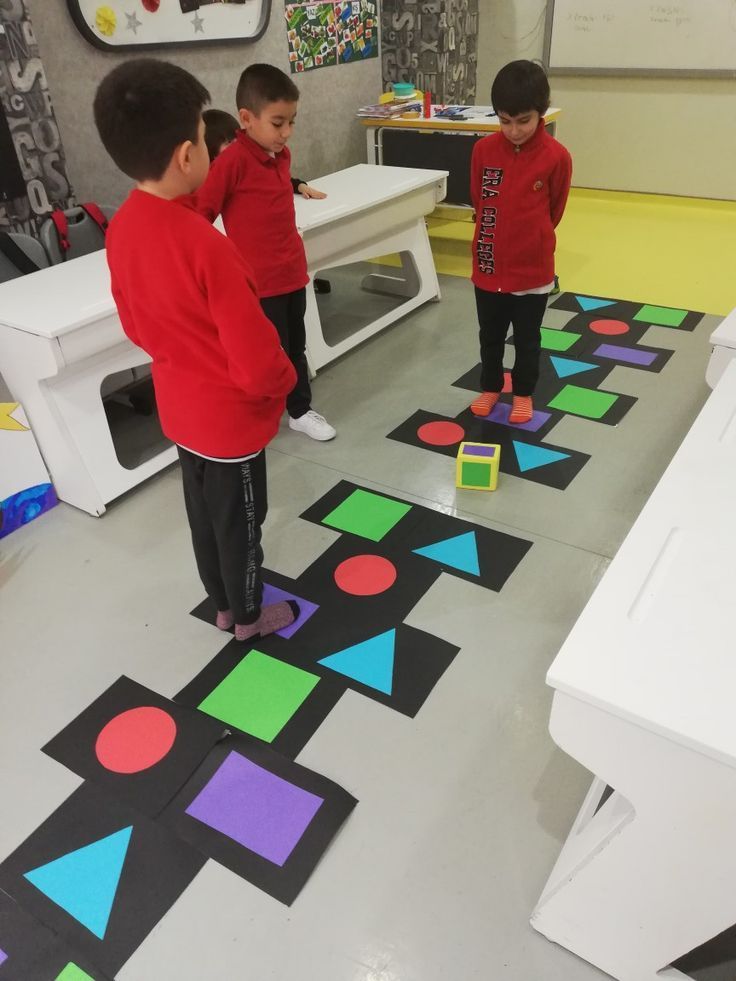
3. Happy Smile Day. The participants of events held during the day have a cheerful, cheerful mood, which contributes to an increase in vitality and psychological stability. Both parents and their children learned to protect themselves from stress, gained confidence in their own strengths and capabilities. "Day of Happy Smiles" set up parents to mobilize forces, which will help them in the future not to succumb to even the most difficult problems. The creative potential of both parents and the child has been activated.
4. Homemade Pie Day. The activities of the past day contributed to the creation of a positive mood among all project participants, the realization of the motor needs of children and adults. The development of spatial perception in children, activation of attention, a sense of empathy.
5. " Hug Day". Development and improvement of communication and interaction skills.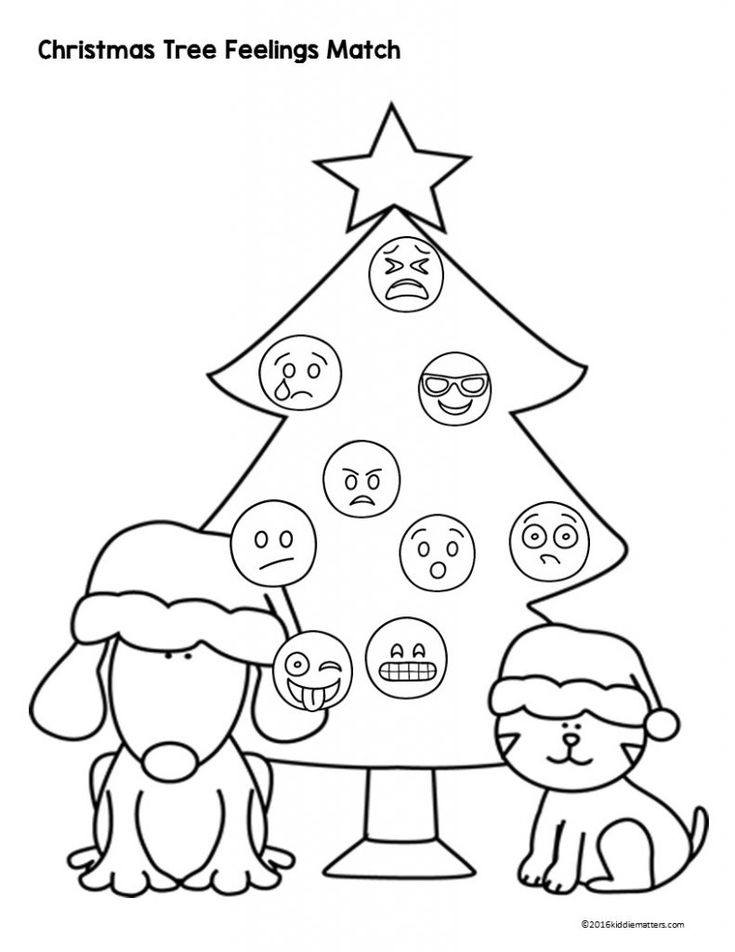 - Children and their parents learned to manage their own emotions and emotional states, as well as the skills of adequate behavior in stressful situations. The high creative activity of all project participants was noted.
- Children and their parents learned to manage their own emotions and emotional states, as well as the skills of adequate behavior in stressful situations. The high creative activity of all project participants was noted.
6. Balloon Day. All the events of the past Day were aimed at developing morality in both children and their parents - the upbringing of good feelings, justice, as well as confidence and determination.
7. "Day of family, love and fidelity". As a result of the activities carried out during the day, the children felt their belonging to the family, realized that with the support of their parents, they can be doubly successful, the children have increased self-confidence and their abilities. Parents realized that children are an integral part of the family.
8. " Love Umbrella Day". As a result of the activities carried out during the Day, parents have expanded their ability to understand their child.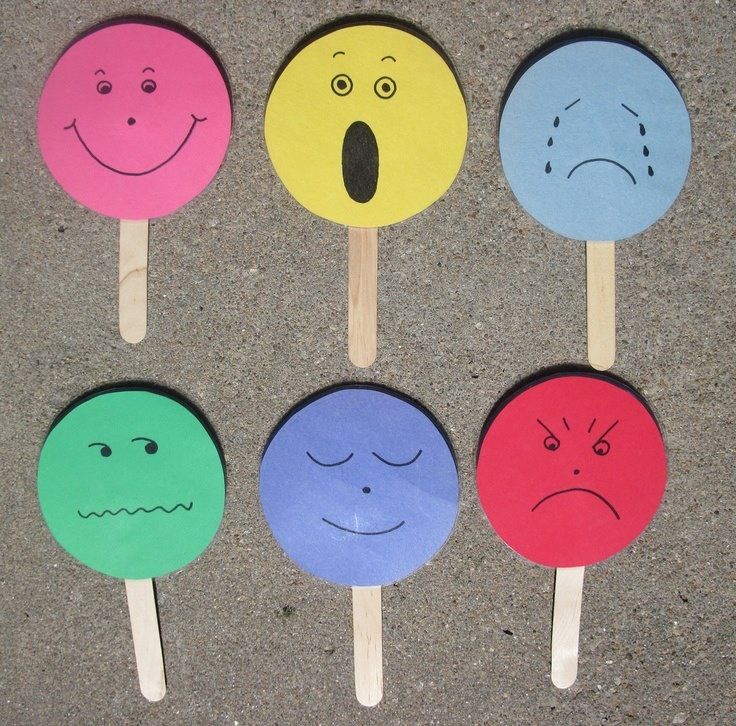 There is a need to organize your leisure time in active forms.
There is a need to organize your leisure time in active forms.
9. "Day of wish fulfillment". The past day helped children and their parents to feel belonging to the family, as well as to see themselves as successful, which contributes to a further increase in self-confidence. Children and adults received a "sea" of positive emotions.
10. "Sweet Day" developed a creative perception of family values in children and adults.
11. "Day of Relatives and Friends" contributed to the revival of moral and ethical norms and traditions of family life. – Children and adults developed feelings of kindness, responsiveness, diligence, conscientiousness, responsibility, respect for each other.
12. Parents' lounge "Rodolad " where a specialist of the children's regional library introduced the science of "Rodolad", the art of putting things in order in one's life, giving harmony to one's family.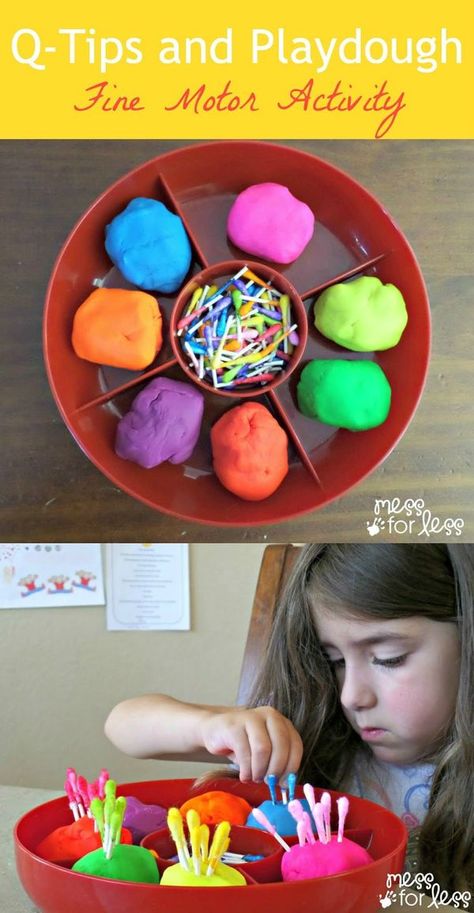 They gave the concept of the family, the role of men and women in the family. And after that, a master class was held for everyone on making a flower using the trimming technique. Children and parents jointly decorated their "Family Heart". The event ended with a tea party with sweet pies and pancakes. Children and parents took with them a good mood.
They gave the concept of the family, the role of men and women in the family. And after that, a master class was held for everyone on making a flower using the trimming technique. Children and parents jointly decorated their "Family Heart". The event ended with a tea party with sweet pies and pancakes. Children and parents took with them a good mood.
13. Creative workshop "My genealogy" motivated children and parents to learn the history of their family, taught them to understand its value, to be proud of their family.
14. Cognitive game “We want to live” Children together with adults solved puzzles, crosswords, read poems on the topic, made anti-advertising of cigarettes and defended it, leading to the conclusion that one should never touch a cigarette and always you need to lead a healthy lifestyle. Remembered and summarized advice for those who do not smoke. As a result, the opinion of the majority of children agreed that a lot depends on ourselves, on what habits prevail in us, that a healthy lifestyle is a reliable shield.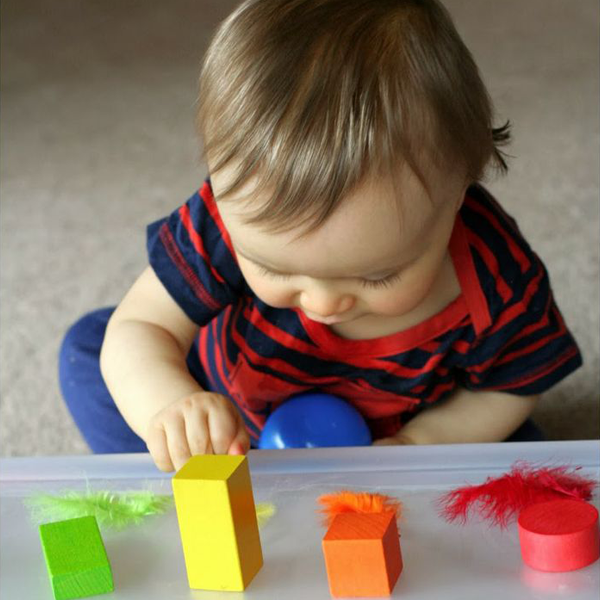
15 . Business game - a journey through the city of Health. Traveling around the city of Health, children and biological parents visited the “Health center” stops, here the participants discussed what the daily routine is, the “House of Experts” played the game “Tell the Proverb” at this stop, exercises took place at the “Stadium” stop, then the children got to the “Literary Street” where the children composed quatrains on this topic, at the “Rally Boulevard” stop, a psychologist with children and parents conducted a training, the task of which was to show parents the degree of understanding of their child, to help them become more aware of their relationship with children and emotionally enrich them , at the stop "Theatrical Square", adults showed a fairy tale about how the bear - Toptyzhka learned the secret of health, at the last stop "Prospect Creative" everyone who agreed with the expression "Your health is in your hands" gladly glued their palms to the health emblem.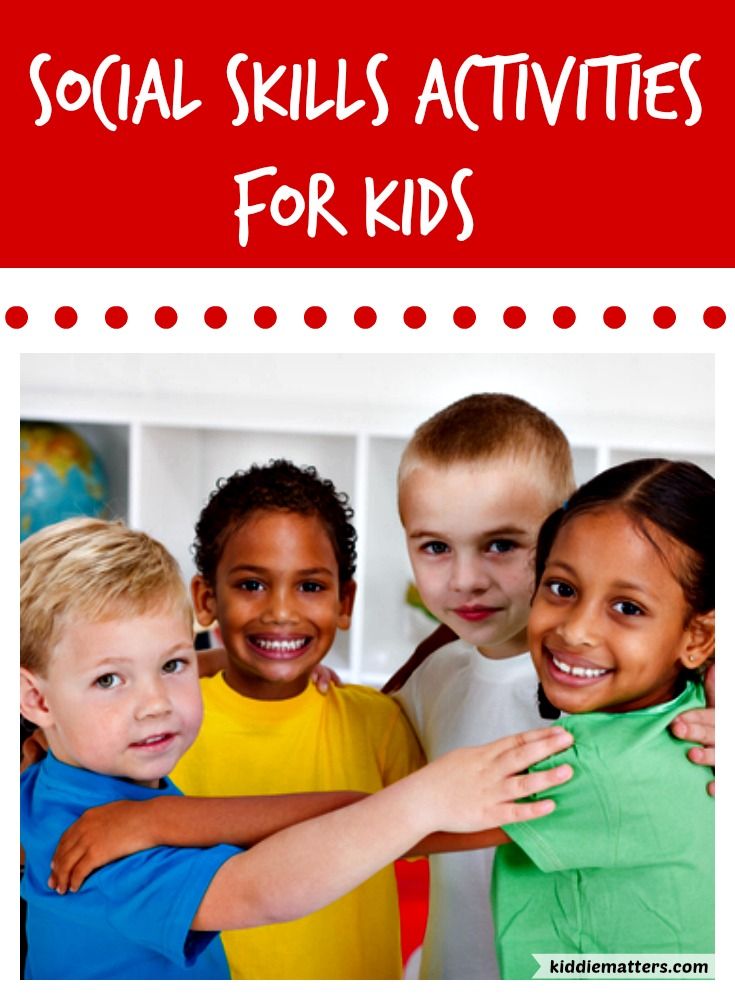 At the end, the participants received the “Health Code” leaflets, healing verses, and parting words for all participants “Take care of your health, your health.” health is in your hands.
At the end, the participants received the “Health Code” leaflets, healing verses, and parting words for all participants “Take care of your health, your health.” health is in your hands.
16. Weekend tour “It's fun to walk together”. Taught parents how to organize family leisure. Handed memos of outdoor games in the fresh air. Developed proper behavior skills with children.
17. Creative workshop "Visit our ancestors" Children and adults built houses, made fishing rods and fished, made clothes and jewelry, painted rock carvings, made spears and hunted, fashioned a bowl and engaged in gathering. All together in a circle they performed a dance of prehistoric people, which caused a storm of positive emotions not only among children, but also among adults.
18. Open Day “This is how we live”. A presentation was prepared for parents about how children live in the SVG, what they do. Children commented on each frame, interrupting each other, and told their parents about their impressions left after each event.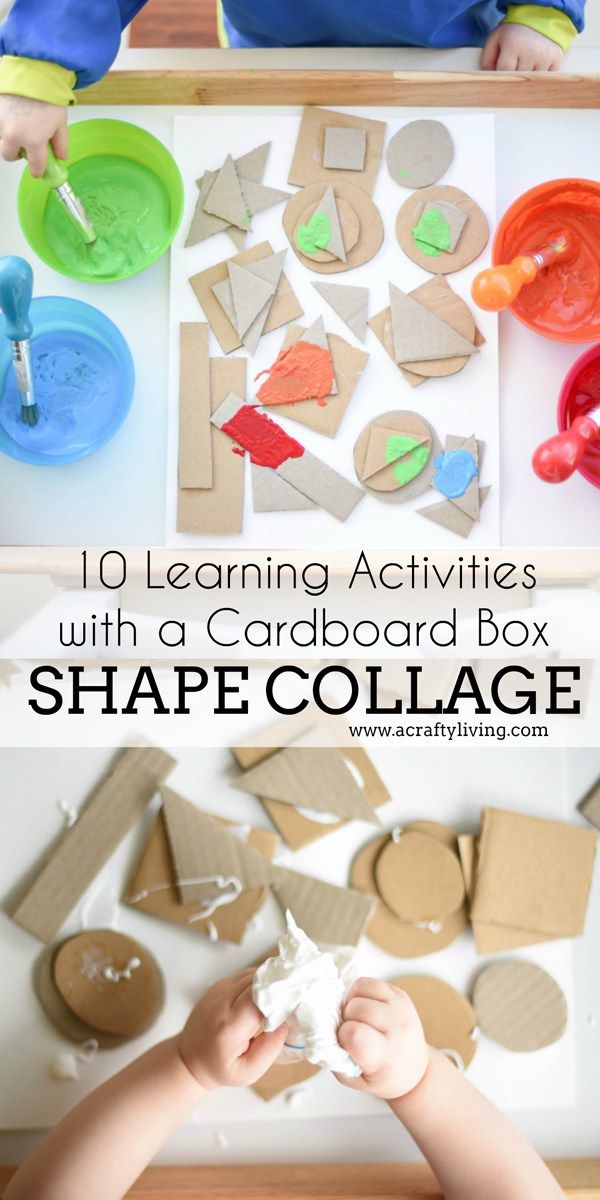 The children prepared in advance, made gifts with their own hands, read poems and sang songs. Parents did not come empty-handed, the children were delighted. And after that we went to Sivinsky Park, to play and talk with parents. The time was spent with benefit, fresh air, great weather, the children really enjoyed playing with their parents, spending leisure time together. The children were satisfied and looked forward to each next meeting with their parents. 19. Training "Let's hold hands, friends" Parents and children learned how to remove anger, irritability, aggressiveness. They told how childhood impressions, claims, resentments, relationships between parents and children influence the formation of the fate of their own children.
The children prepared in advance, made gifts with their own hands, read poems and sang songs. Parents did not come empty-handed, the children were delighted. And after that we went to Sivinsky Park, to play and talk with parents. The time was spent with benefit, fresh air, great weather, the children really enjoyed playing with their parents, spending leisure time together. The children were satisfied and looked forward to each next meeting with their parents. 19. Training "Let's hold hands, friends" Parents and children learned how to remove anger, irritability, aggressiveness. They told how childhood impressions, claims, resentments, relationships between parents and children influence the formation of the fate of their own children.
As a result of the project:
- the number of parents participating in the project has increased by 75% of the total.
. N/L returns to blood families increased - 57%.
- strengthening parent-child relationships.


